DANUrB+ - JOURNEY CONNECTING COMMUNITIES ALONG THE BULGARIAN PART OF THE DANUBE 10 – 14 OCTOBER 2022
23-10-2022
One of the last DANUrB+ Partners’ Meetings and the final Study Trip for the project were held in Bulgaria between 10th and 15th October. Apart from visiting many good new practices, cultural sites and heritage, the most important objective was the discussion for prolonging the initiative for the next program period. The capital city of Sofia became a meeting point for the various partners from Hungary, Slovakia, Serbia, Romania, and Bulgaria.
There was no better and more convenient place to start the Study Trip than the capital of the country - Sofia. The partnership had a chance to feel the atmosphere of some of the more than 6000 years of rich history and heritage that was revealed during the special walking and guided tour in the city center, organized by the main host partner National Tourism Cluster “Bulgarian Guide”. The attendees witnessed enormous Roman ruins discovered accidently while digging for the subway, functioning in ideal harmony churches, cathedrals, synagogue and mosque (the most important ones “St. Sofia” Church - symbol of the past, and “St. Alexander Nevsky” Cathedral - modern symbol of the city), beautiful former bath building “Central Mineral Baths” (now a museum of the history of Sofia) with traditional dances and singing every Sunday in front of it, some of the authorities buildings (Presidency, Council of Ministers, etc.), and many more. The lack of big rivers passing through the city is replaced by the rich and vital resources of mineral waters, responsible for the establishment of the city.
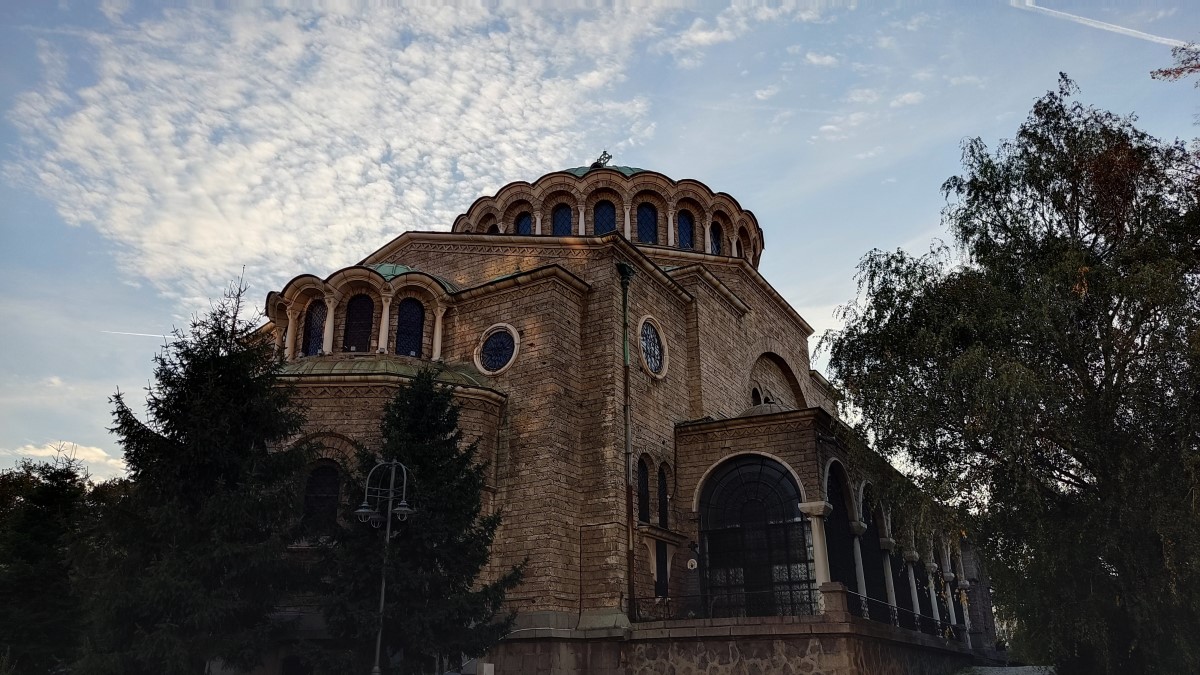



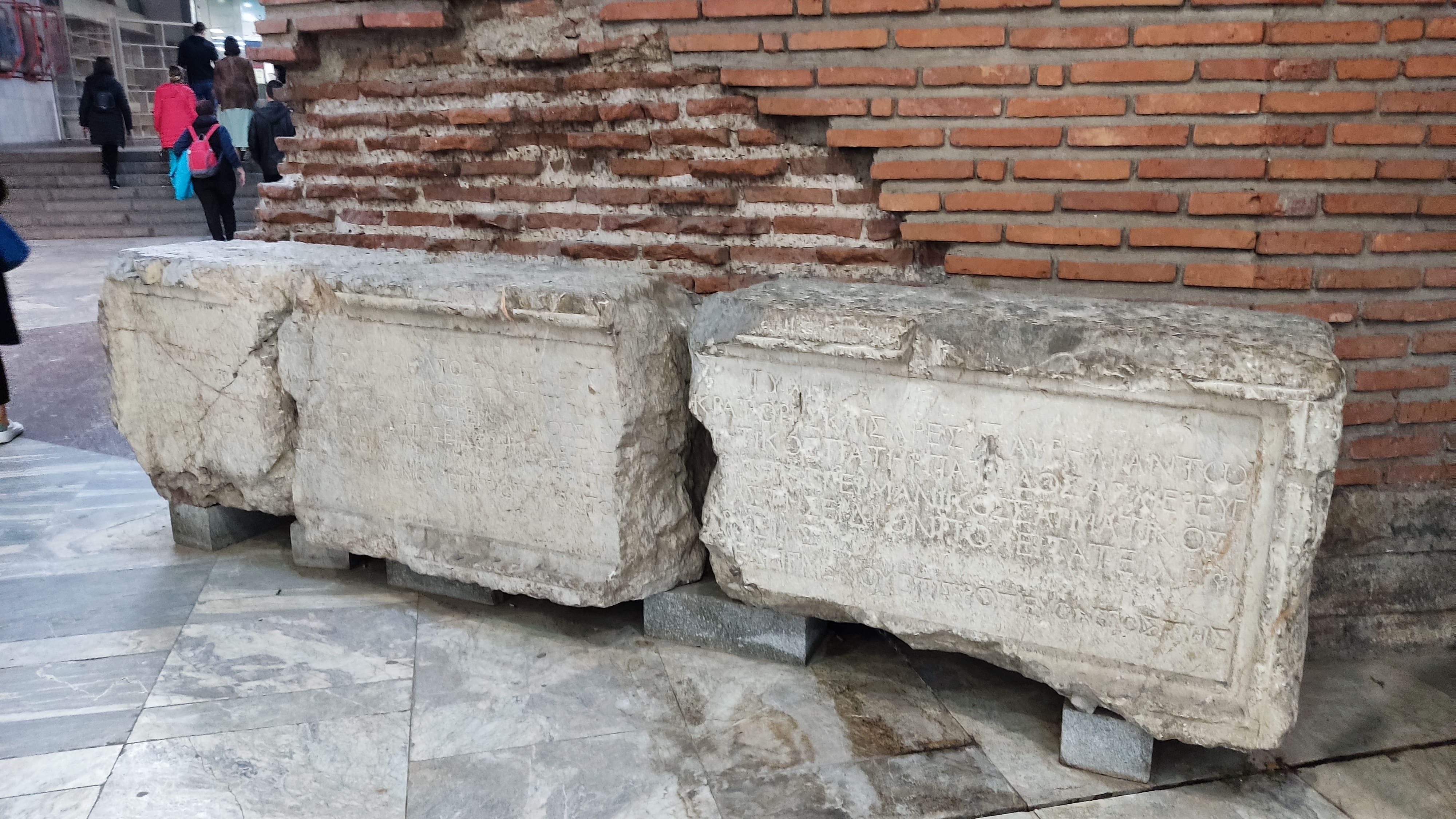

The second day gathered everyone at one of the conference rooms in New Bulgarian University, Department of Architecture. The partners shared their progress on the project’s deliverables: the movie is in its final postproduction stage; the action plans are going as scheduled (including pilot sites in Kolarovo-Small Danube, Lower Ipoly Valley, Komarno, Rackeve, Szob, Sombor, Golubac, the region of Moldova Noua, Dobrotea Tourno-Severin, and Banat area, Vidin, Belene, Silistra, Calarasi, and Giurgiu); the 3 new PocketGuide audio tours (about Sombor, Lower Danube, and Calarasi) will be ready until the end of the year; the Quality Label has identified more than 120 good practices so far and awaits its legal registration, and so on. An upgraded DANUrB website will be developed as it will showcase a combination of the DANUrB International Association (DIA), the DANUrB Platform, and DANUrB Knowledge (case studies, methodologies, etc.).
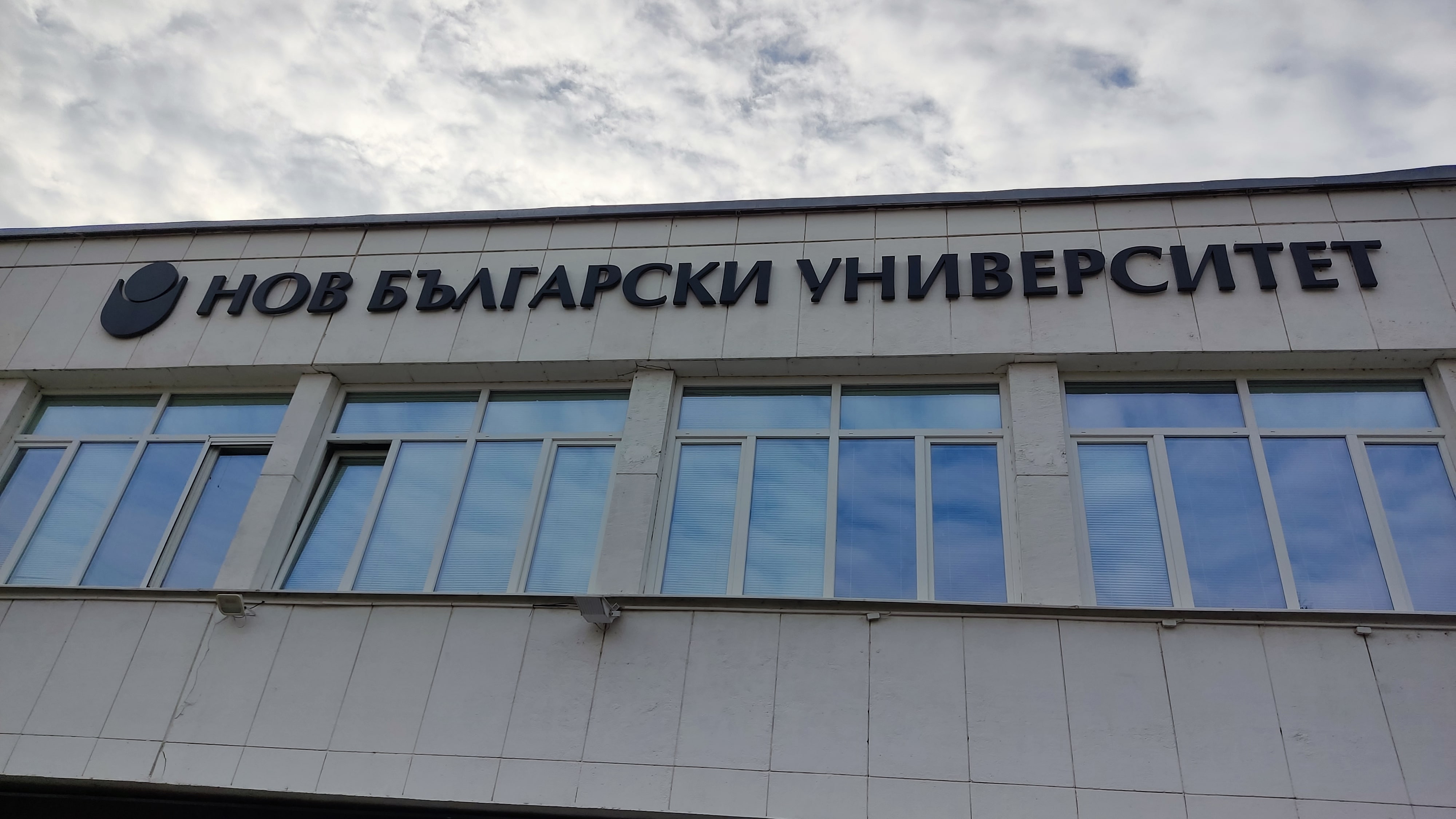


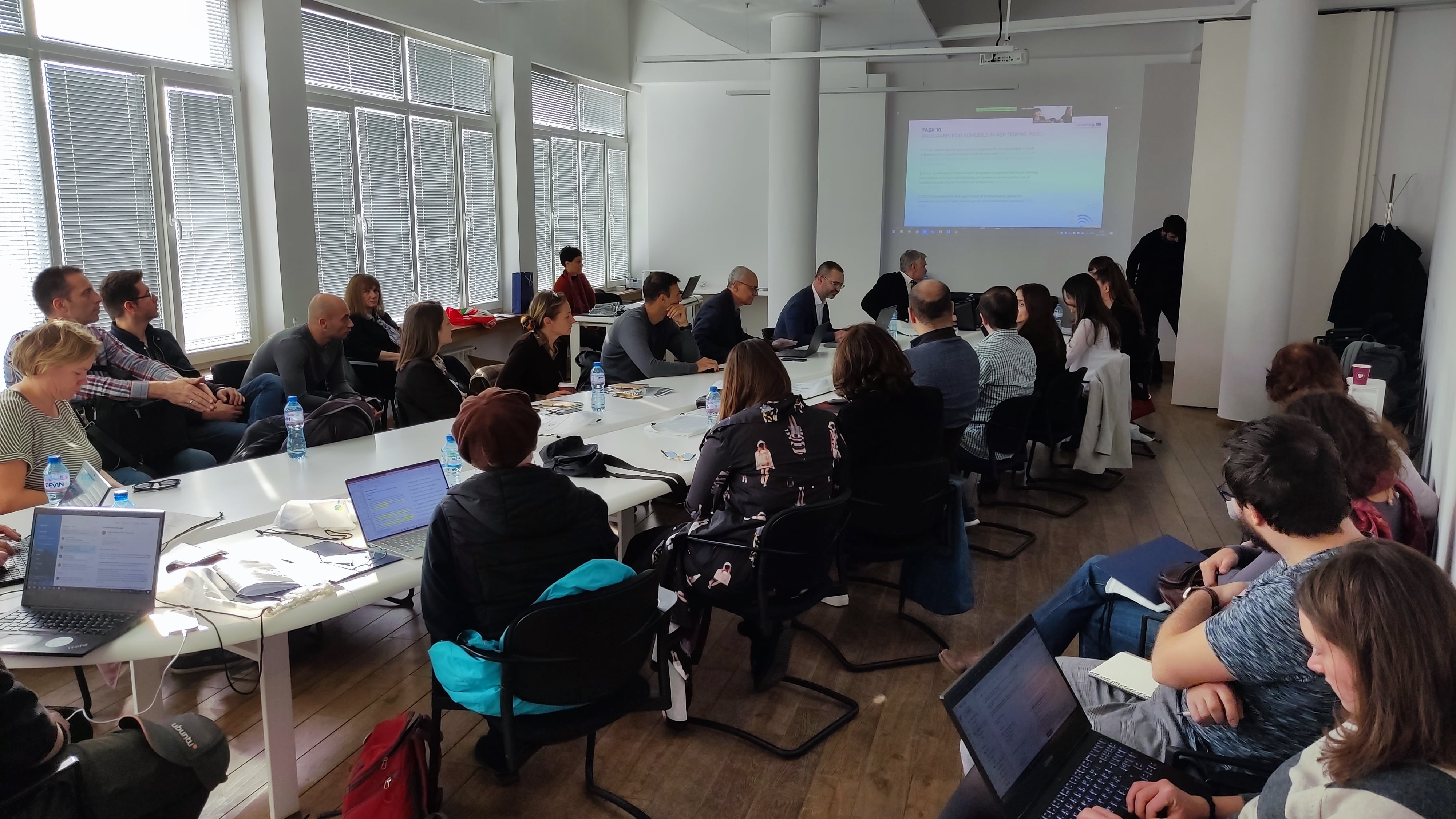


After the working sessions, a special industrial city tour was organized by the organizer. The Regional Center for Contemporary Arts is established in a building that used to be a Power plant for the National Cultural Center. Thanks to the union of a group of artists, Municipality of Sofia, and the Ministry of Culture, now the independent art society has a place of its own to express its creativity. A retro tram experience followed on our way to the next good practice - Fabrica 126. We got back in 1938 while enjoying the views of Sofia at night. The Fabrica itself used to be the main mill in the city. In 2011 and 2012 it was renovated to become a place for art, music, culture, various events, shooting movies, photo shootings, etc.


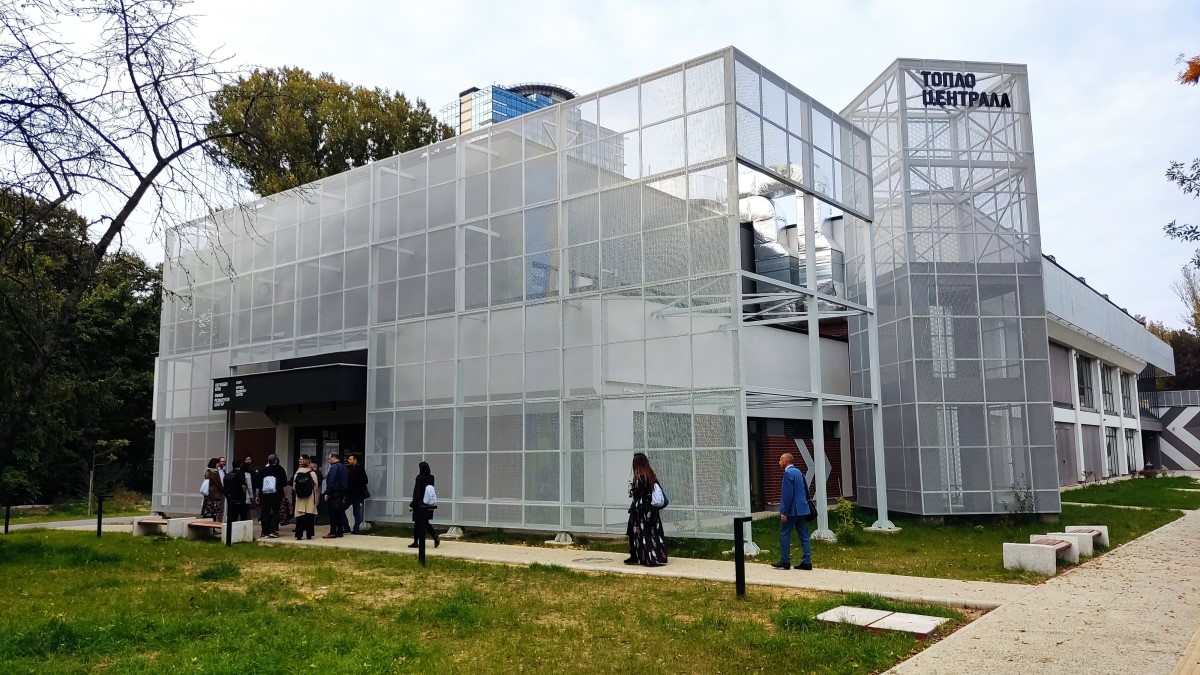


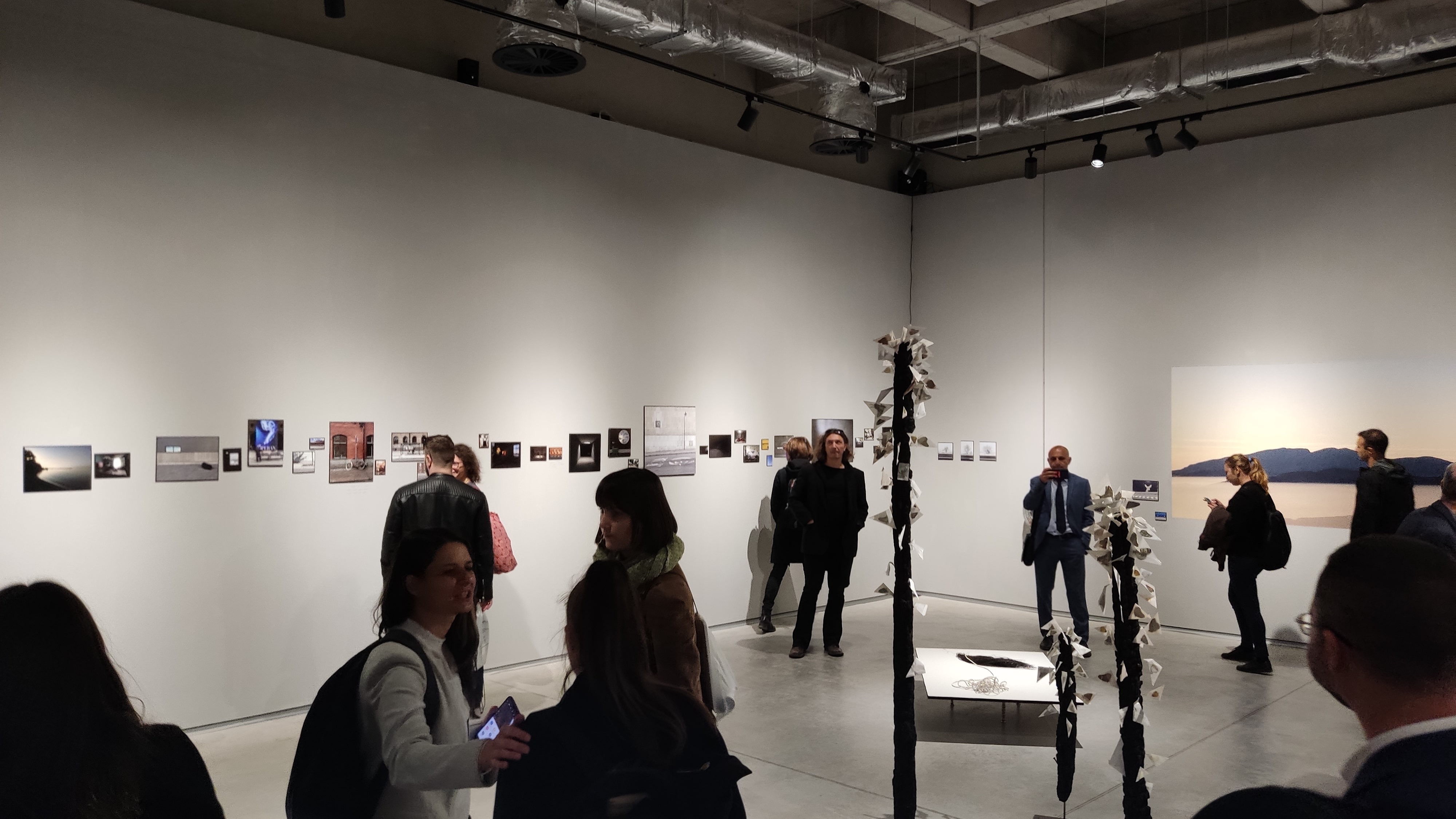
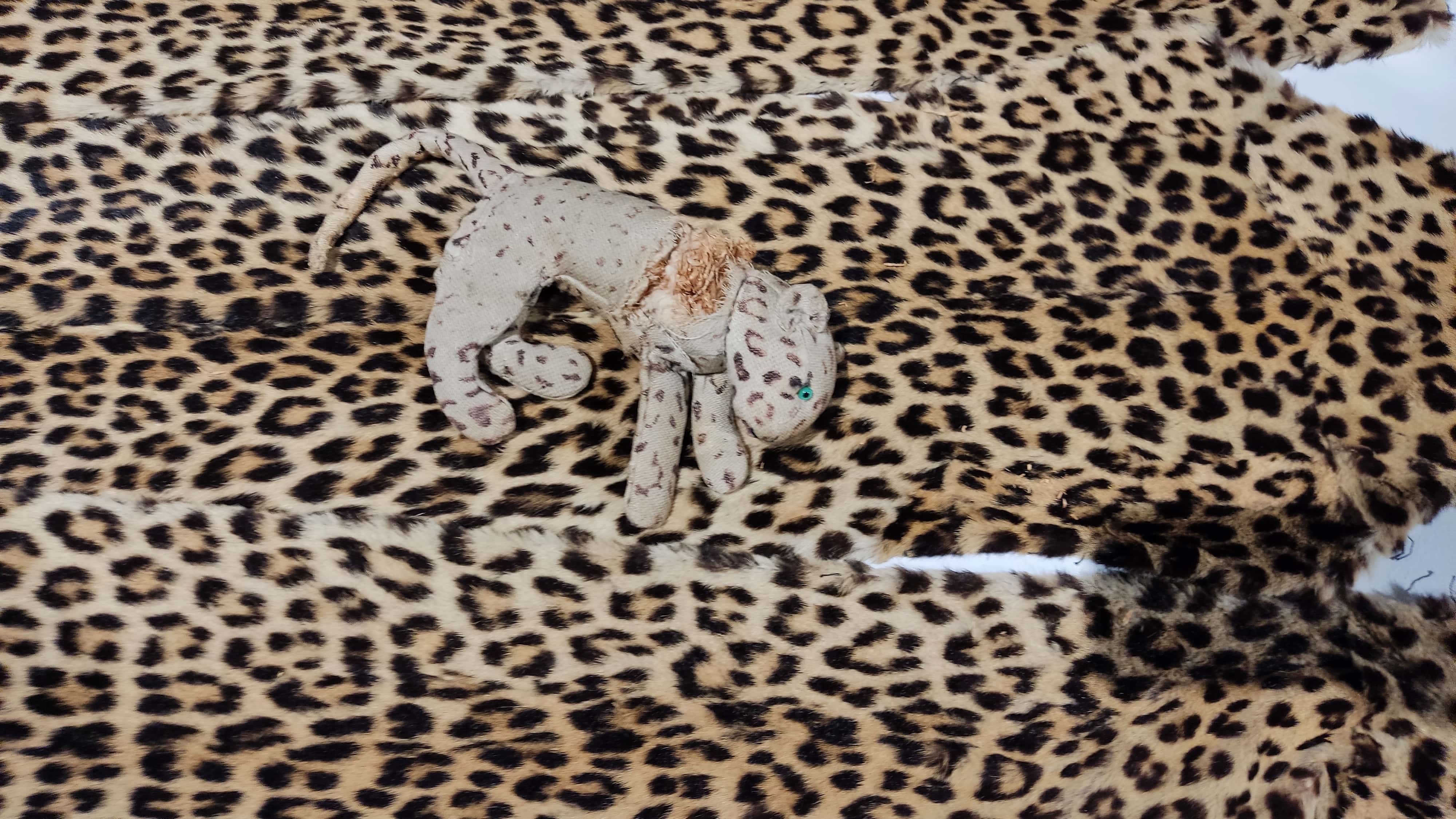

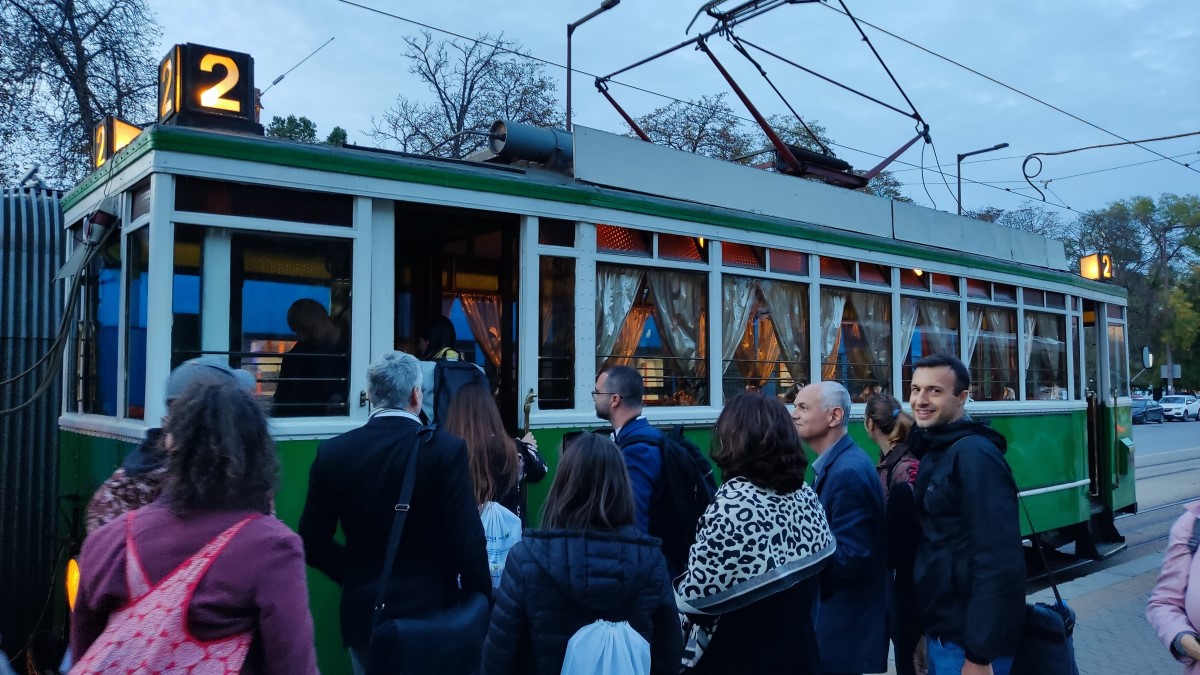




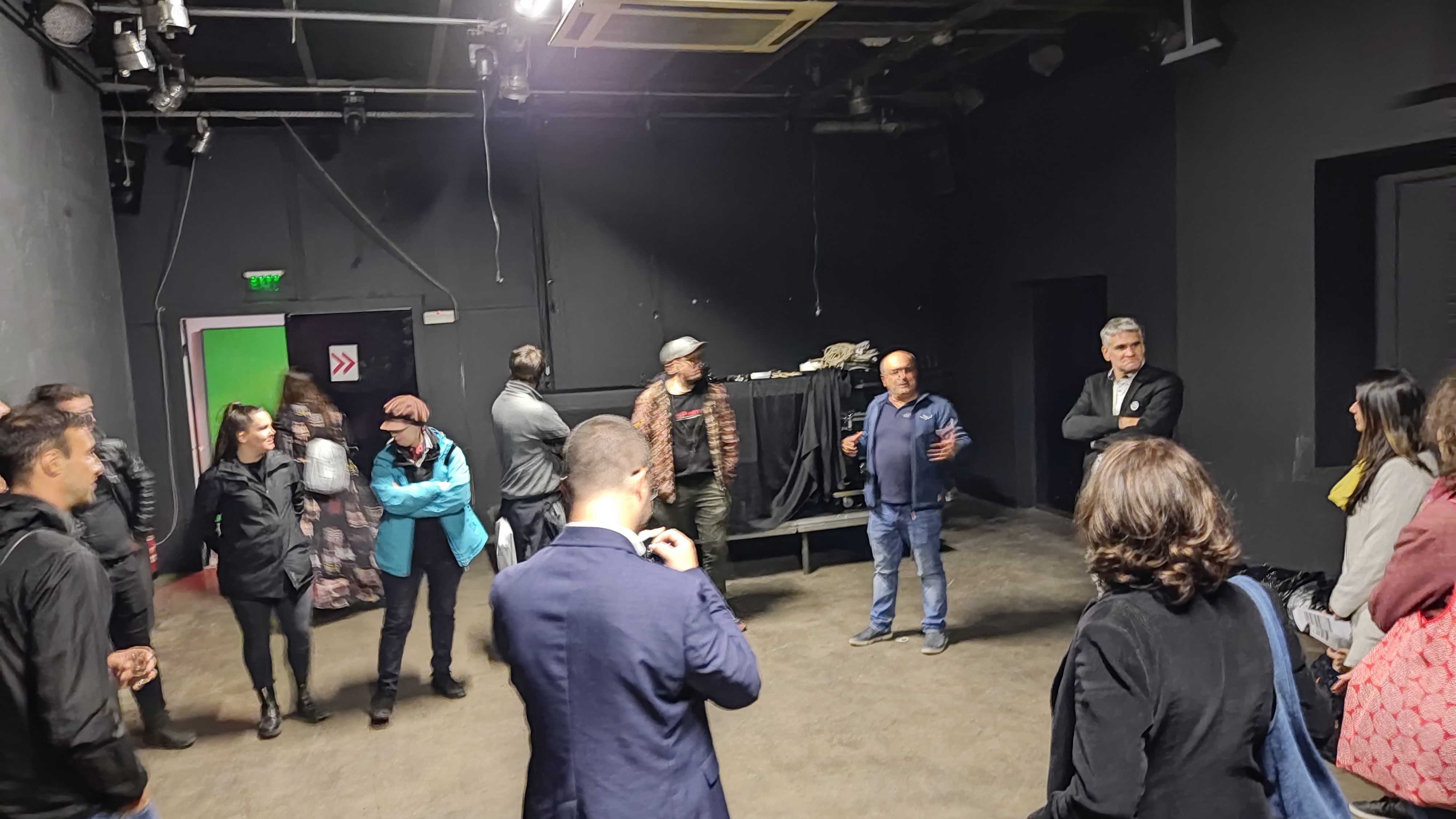
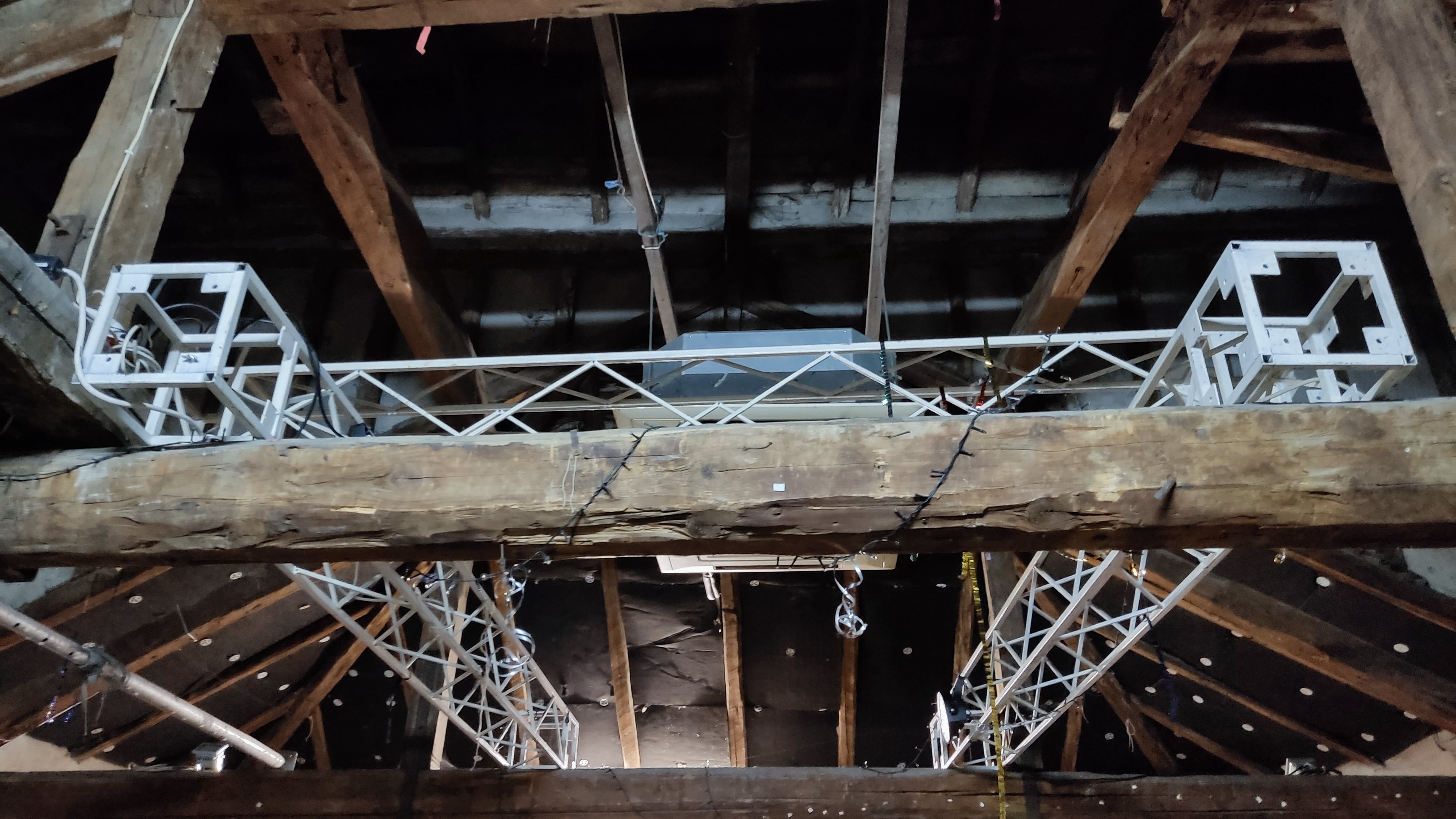

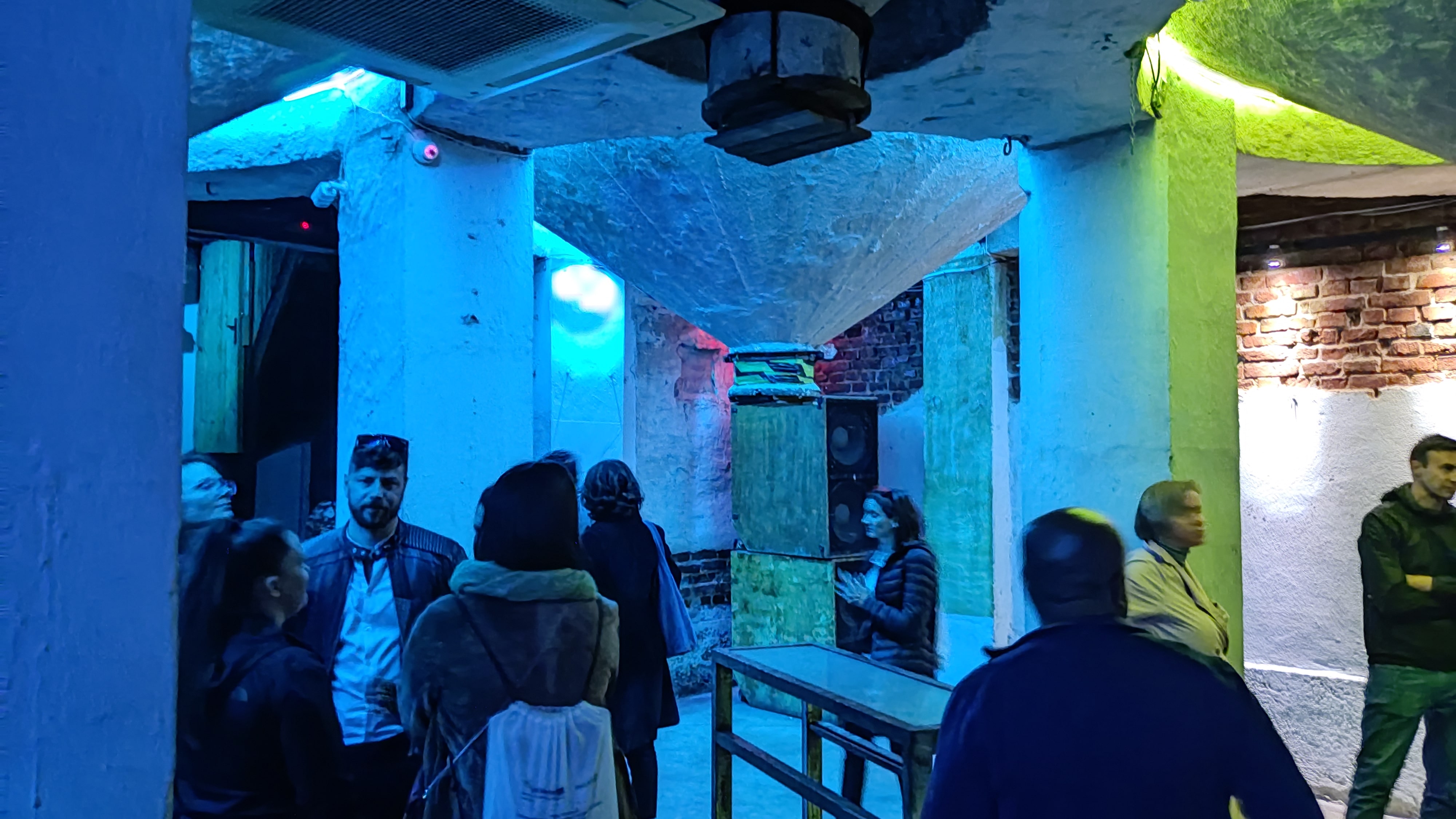
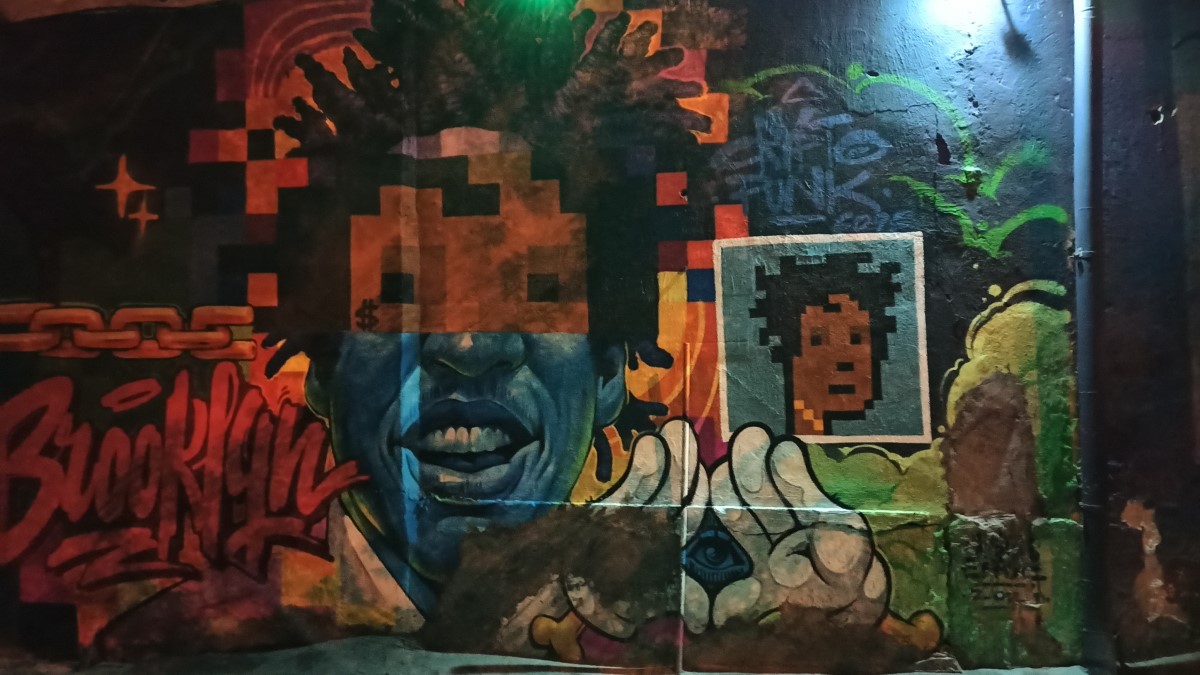


On the third day it was time to get on the bus and head out to the Danube. The first stop on the route was the Venetsa Cave, near the village of Oreshets, which was opened in 2015 and is one of the most beautiful caves for visitors in Bulgaria. It offers different shapes of stalactites, stalagmites, aragonite crystals, onyx, etc., forming figures as the Madonna, the Guardian, Buddha, the Pelican head, and so on. Colorful lights and two types of bats were a great addition to the experience.


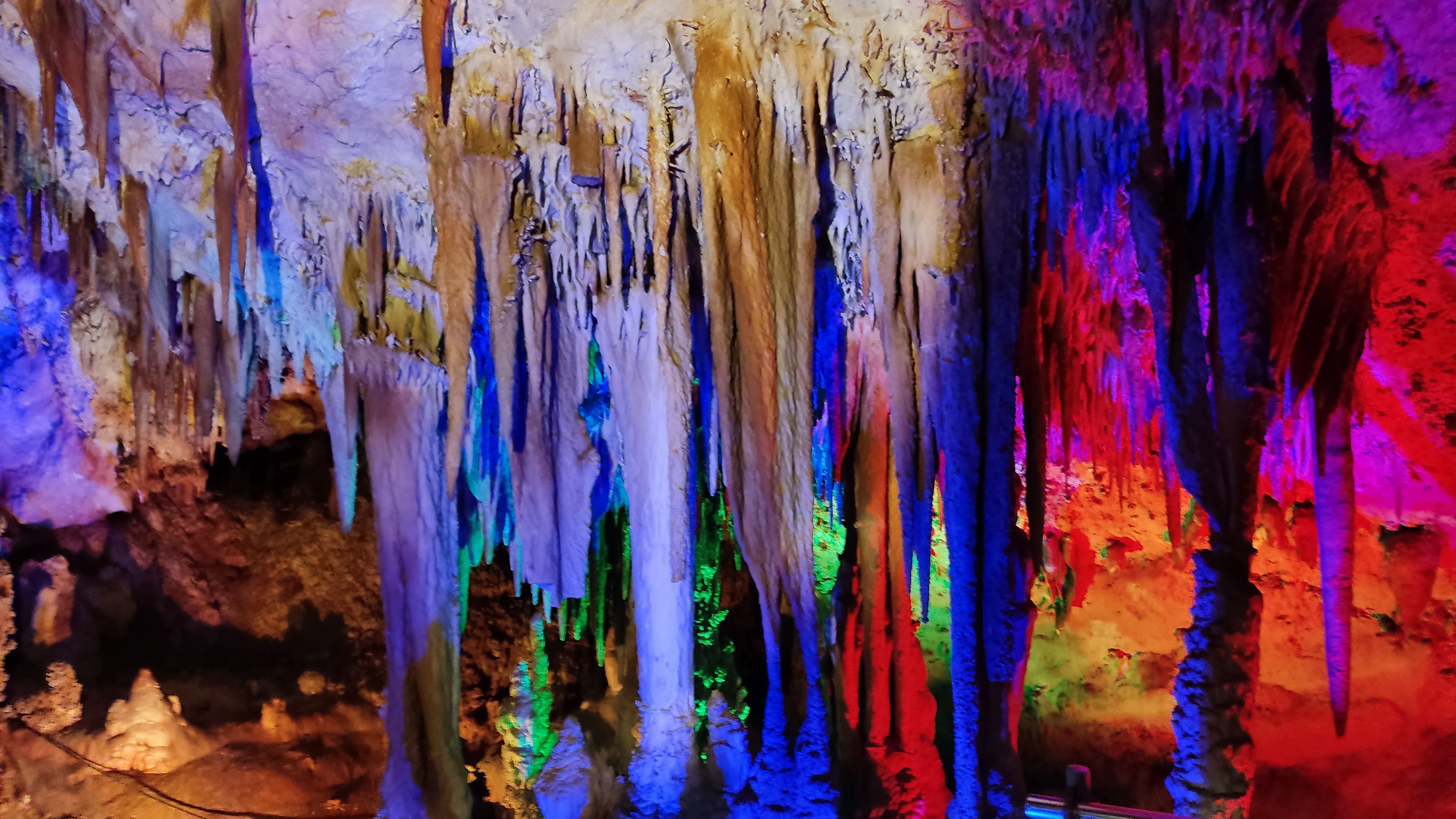


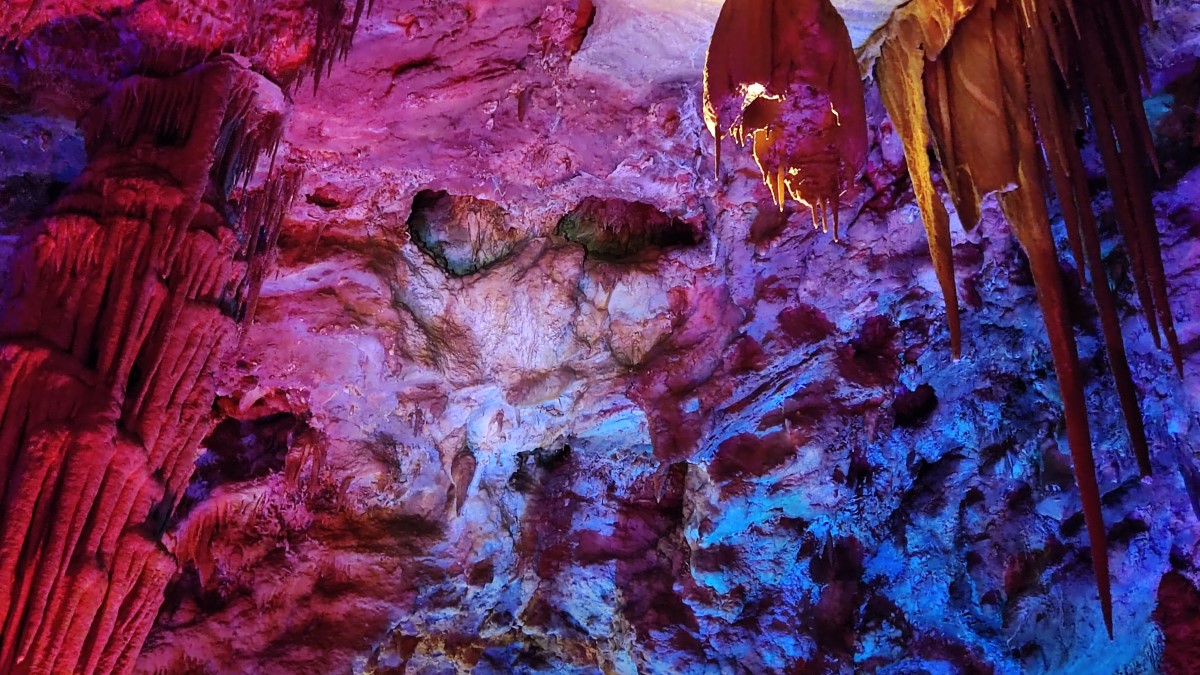
The journey continued to the neighborhood of Falkovets, part of the village of Yanovets, famous with the local group of “tourlacs”. They are excellent stock breeders, living in the territory of North-Western Bulgaria, the border areas from Serbia and along the Timok river. They are known for their hospitality, cheerful and industrious, and delicious cuisine. The variety of flavors and excellent quality of food impressed everyone.

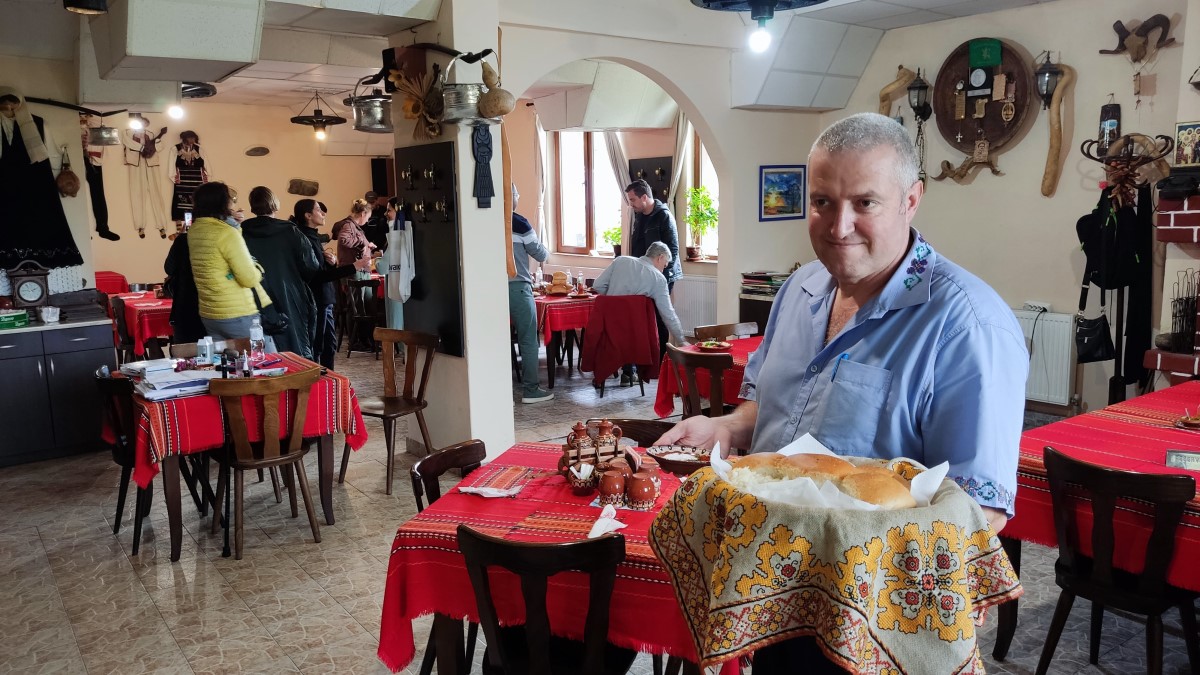

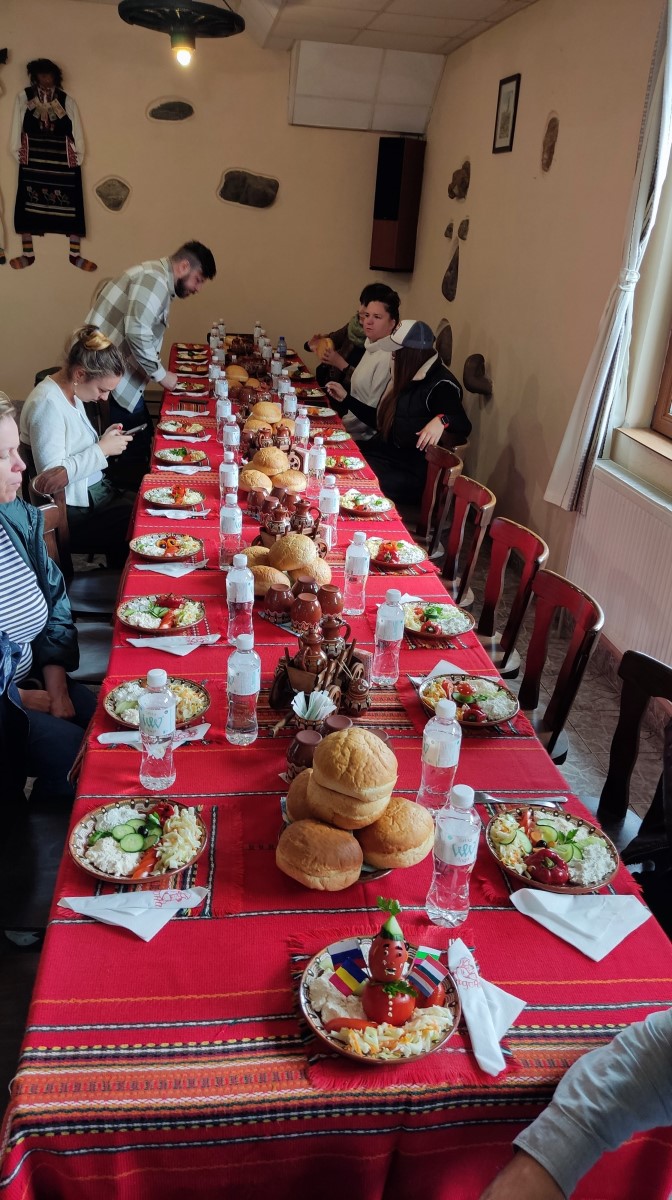
The next stop were the Belogradchik Rocks and Fortress. The cloudy weather made the atmosphere even more exciting, leaving the partners breathless. The rock formations were one of the candidates for the new 7 natural wonders of the world in 2009, reaching the pre-final nomination. The fortress itself was built during the Roman empire and natural rock formations were used in its construction. A great example of natural and cultural heritage existing together in harmony, one of the DANUrB+ objectives.
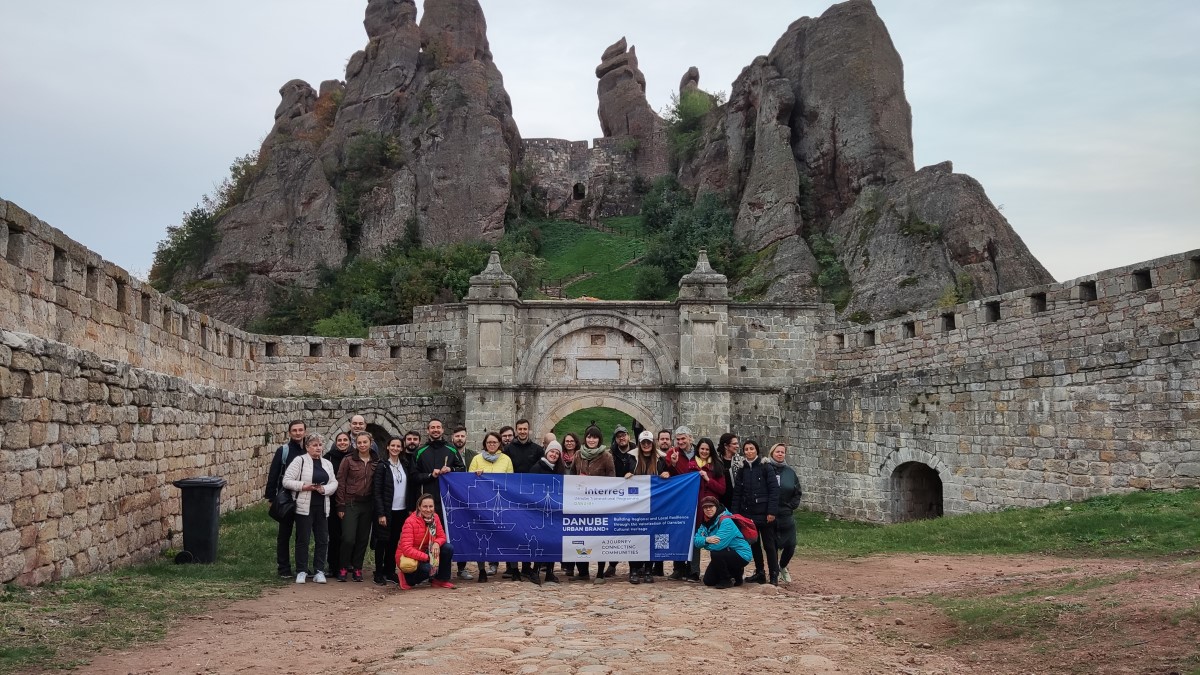

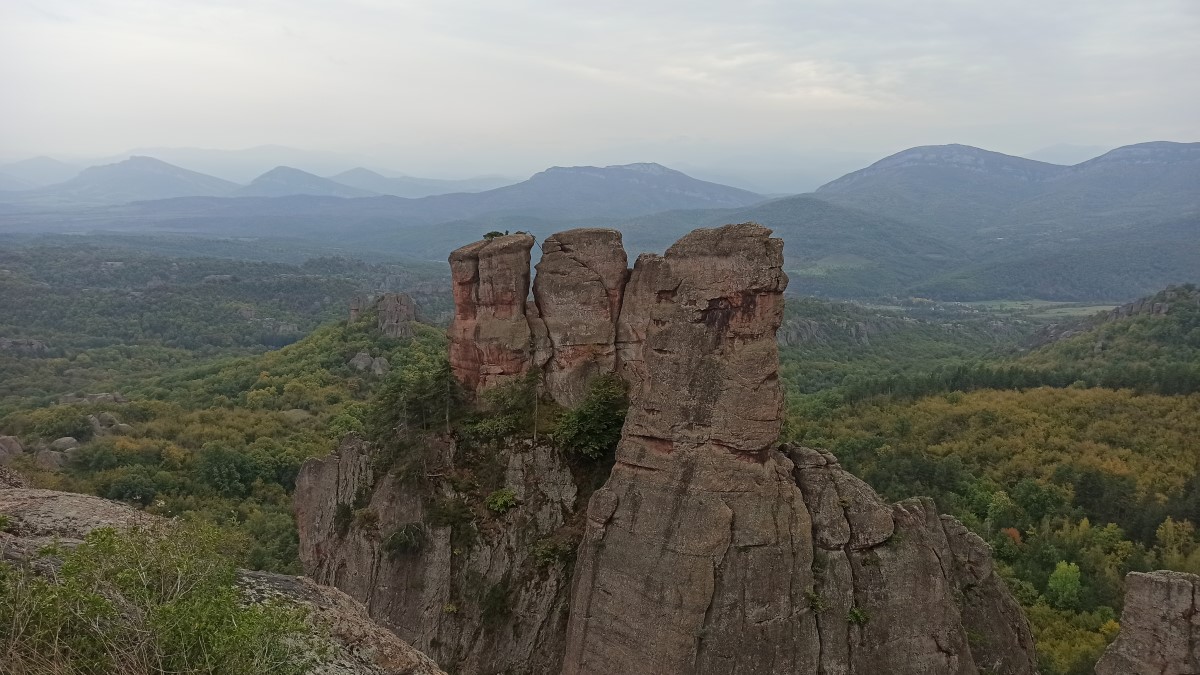
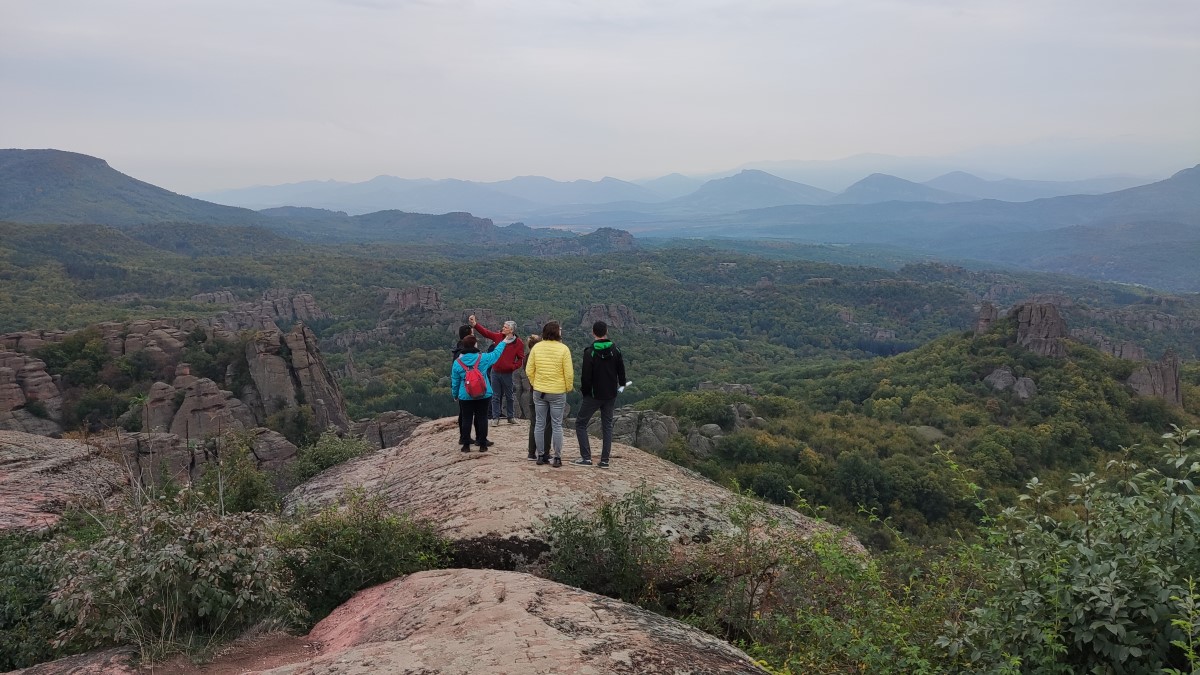
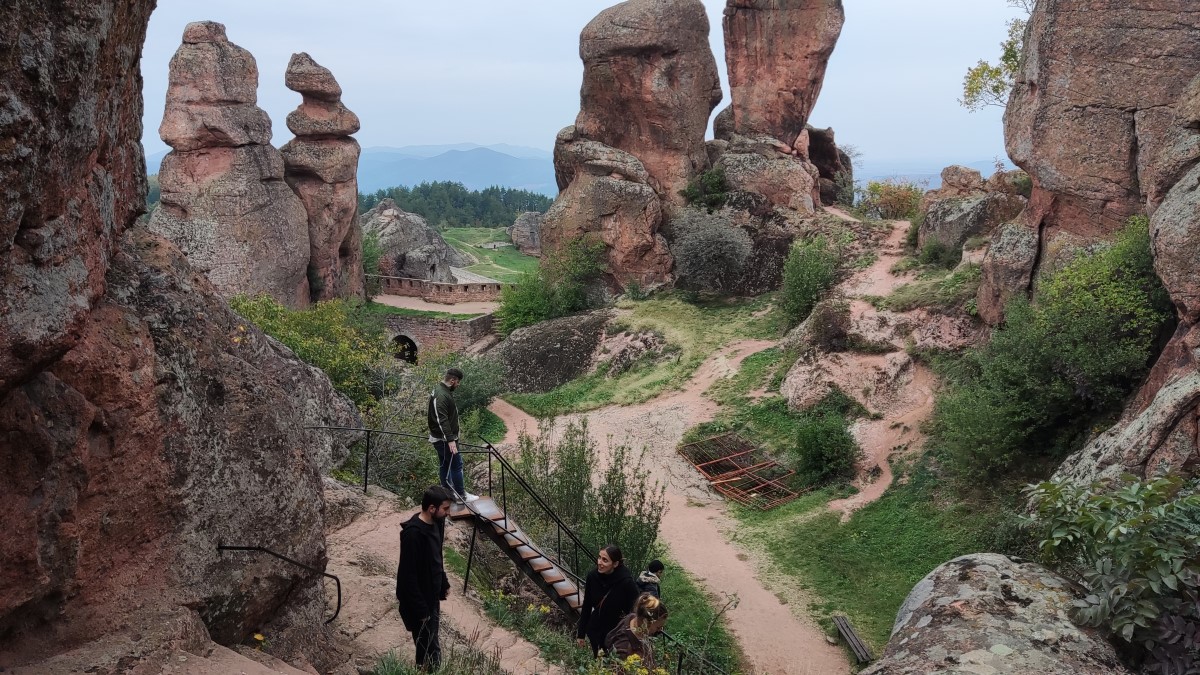
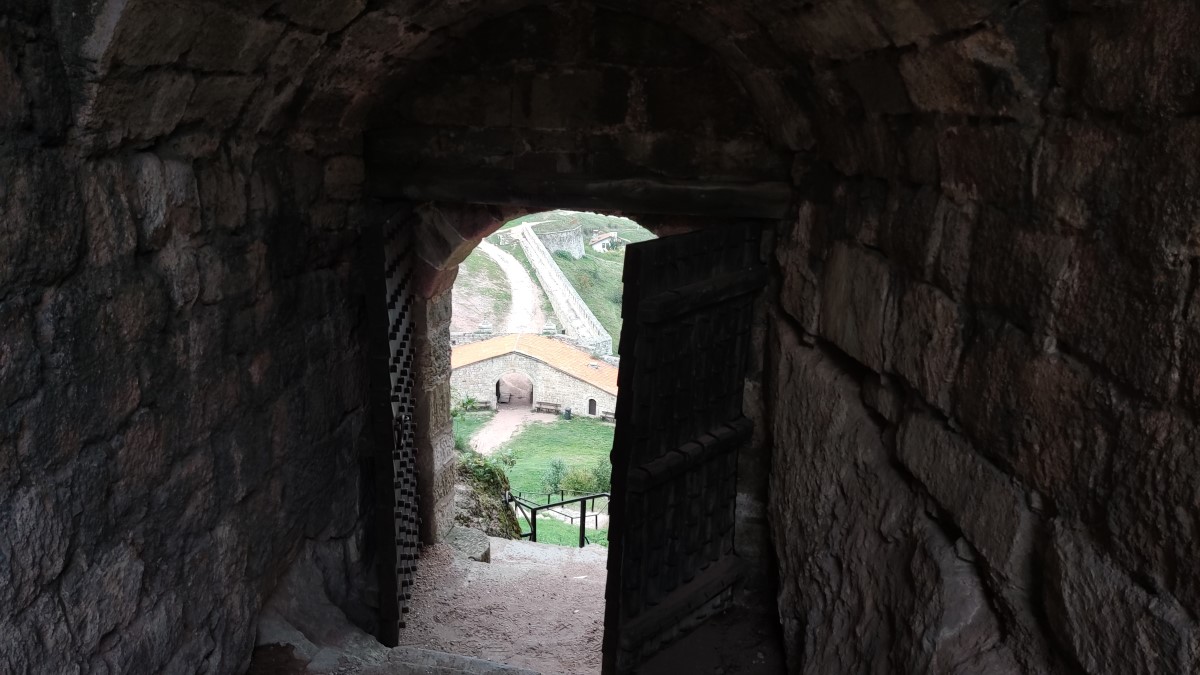
Finally, the group reached the Danube River and visited the next stakeholders. That was well celebrated with some quality wine tastings in one of the fastest growing wineries in the region - Bononia Estate, village of Koshava. The owners are increasing their own vineyard plantations every year and the company can offer various selections of white, red wine, and rose, with the help of modern and expensive technology for cultivation and production.

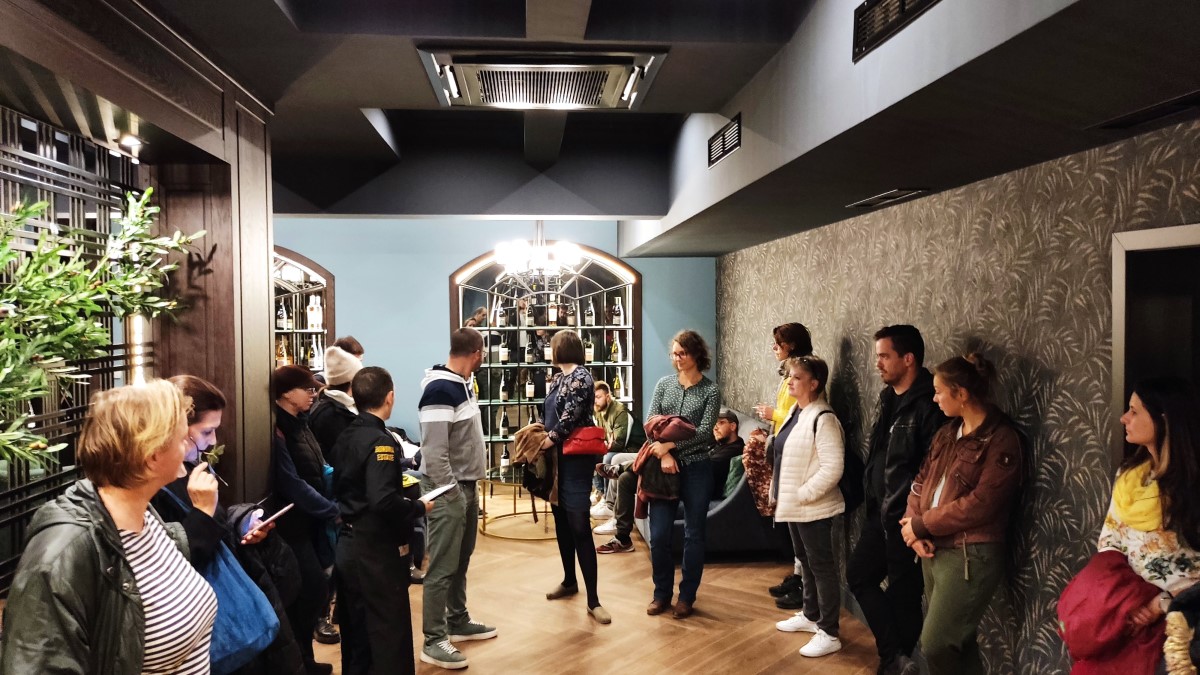
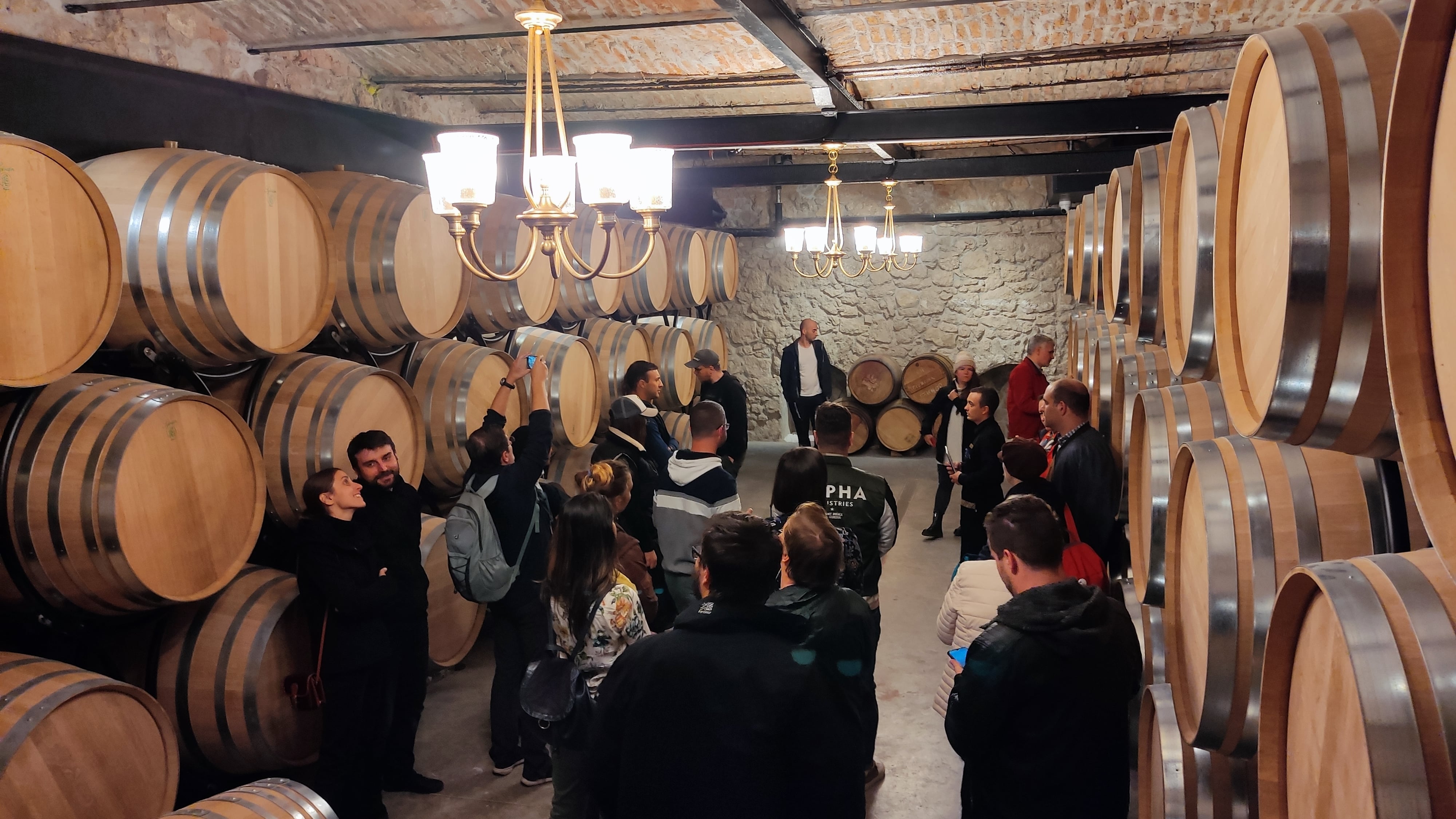



On the next day, the journey started at the premises of the Municipality of Vidin (Associated strategic partner), where the International Meeting "Cultural Values along the Danube" was held. The Deputy Mayor of Vidin, Mrs. Borislava Borisova, welcomed everyone and stated the importance of projects such as DANUrB+ for promoting, revealing, and restoring the rich cultural heritage in the region. The local stakeholders presented their work and shared their initiatives, part of which were boosted during the DANUrB+ project, thanks to the partner active for this microregion.
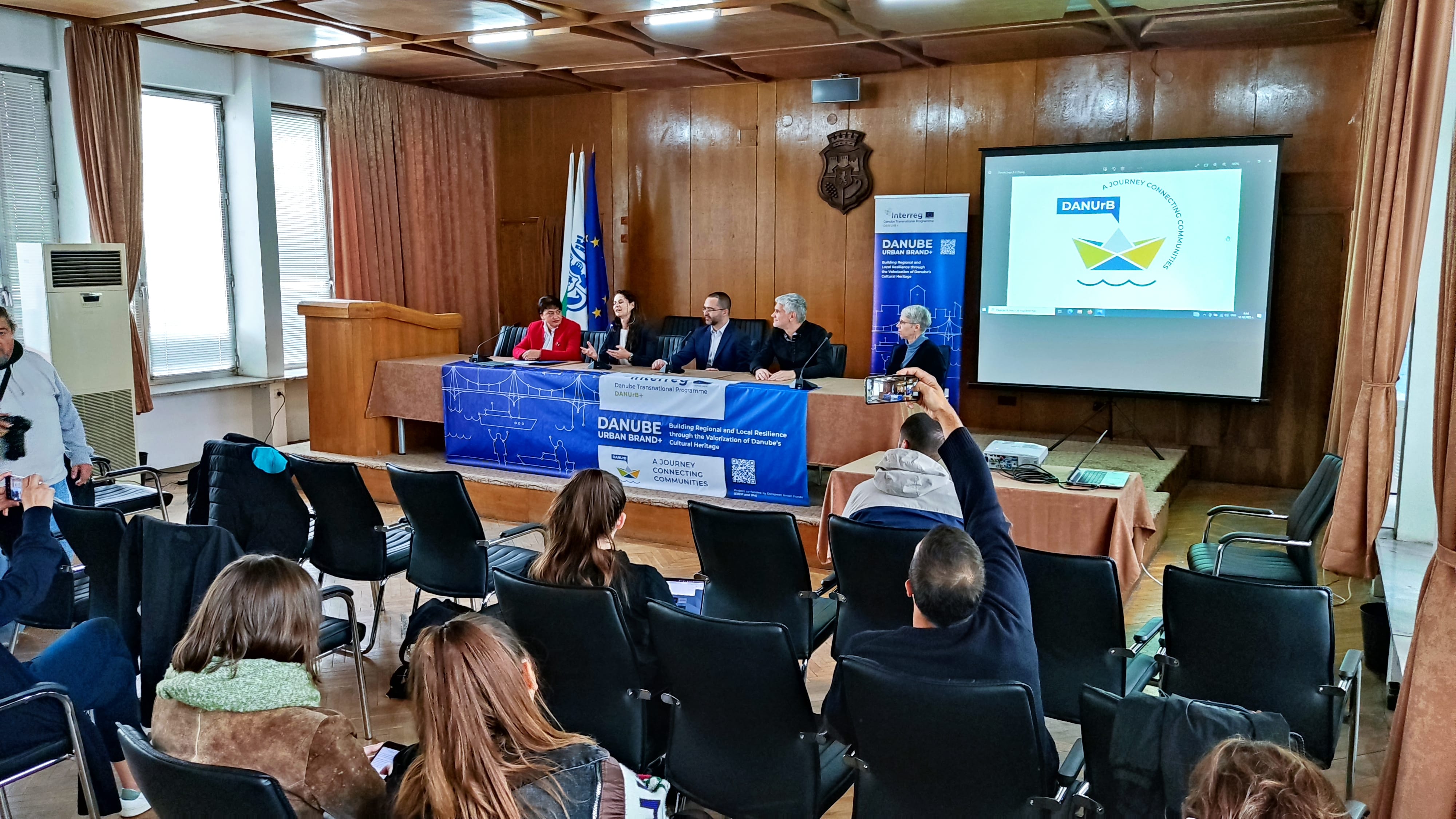
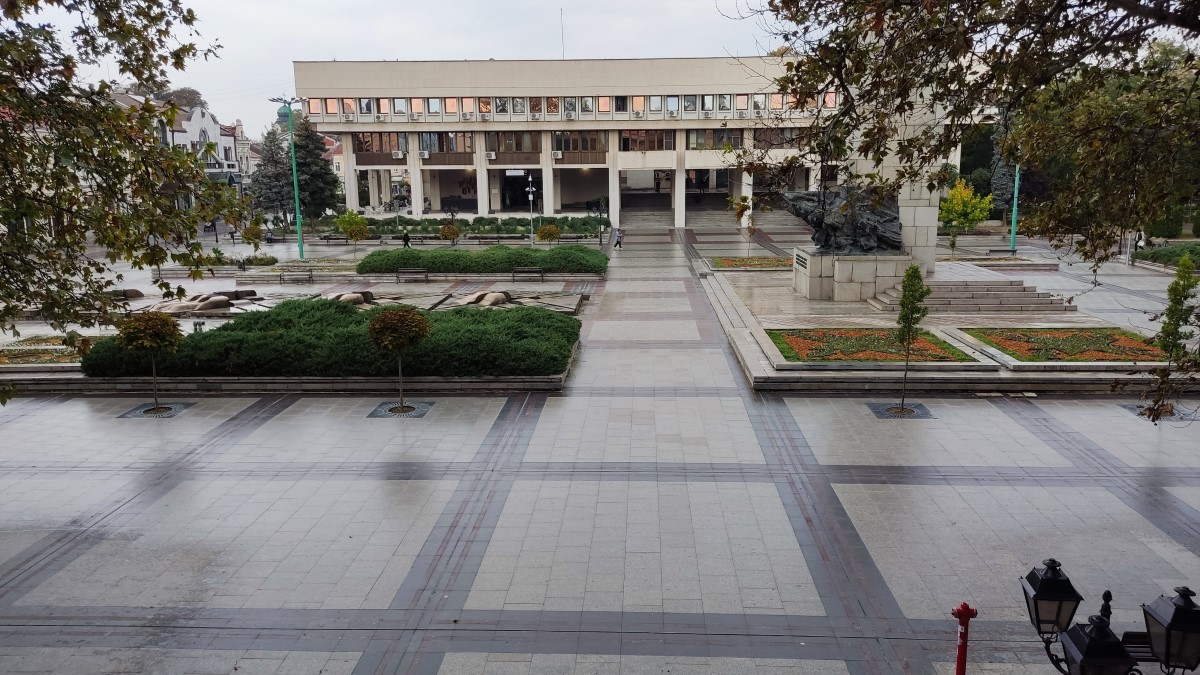

After the meeting, it was time for a special heritage tour around Vidin, led by a local stakeholder and journalist. Everyone was pleasantly surprised how such a small town can offer such huge amount of heritage and potential for development, including the new and on-going excavations of the Roman ruins (mainly at the Western Gate of Bononia), the famous Baba Vida Fortress, the Synagogue that is finally in renovation stage, the Birth house of the world famous artist Jules Pascin, the former Diesel Power Plant, the house where the Hungarian revolutionary Lajos Kossuth lived in 1849, all of which are part of DANUrB+ Action Plan.
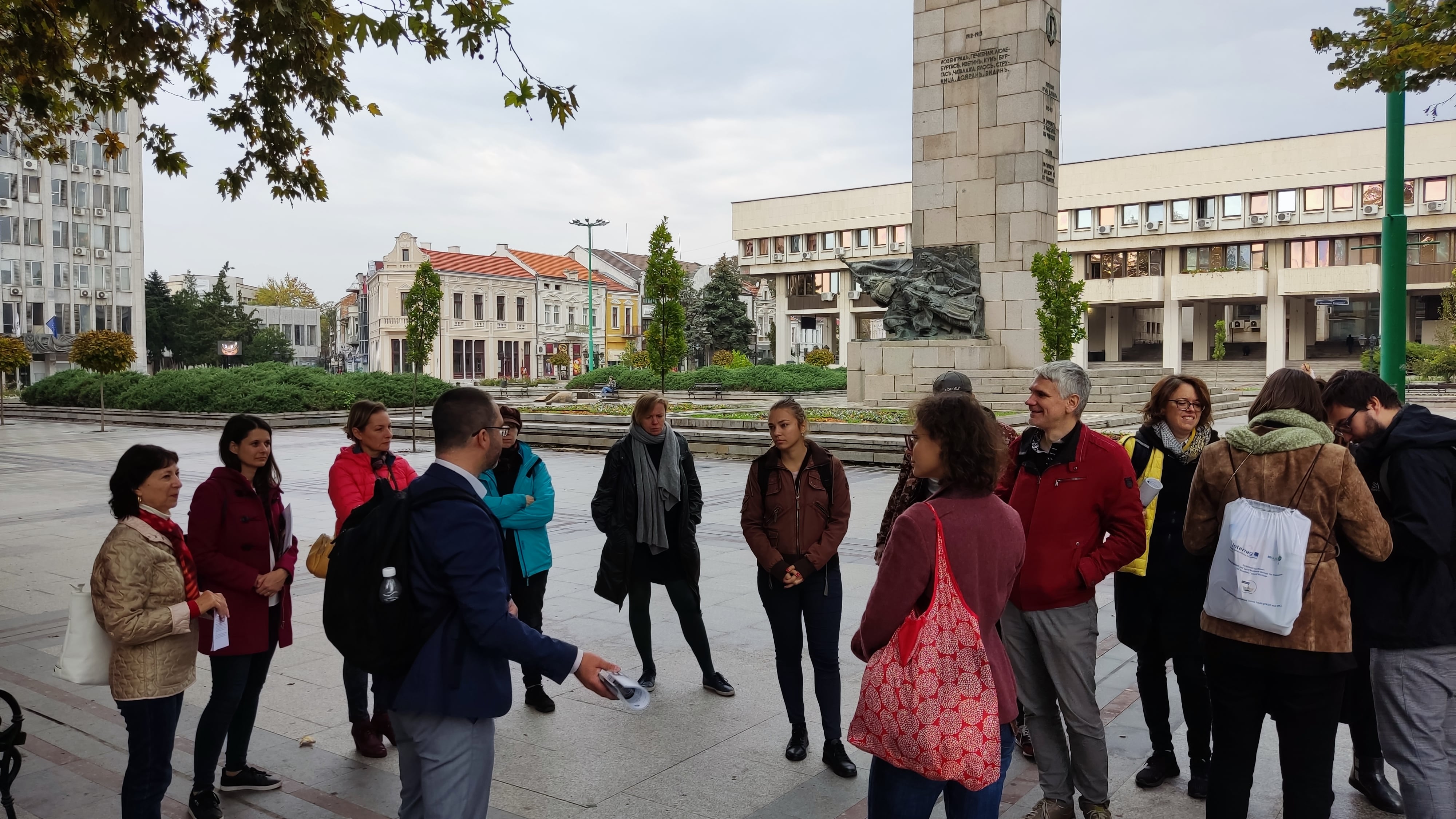
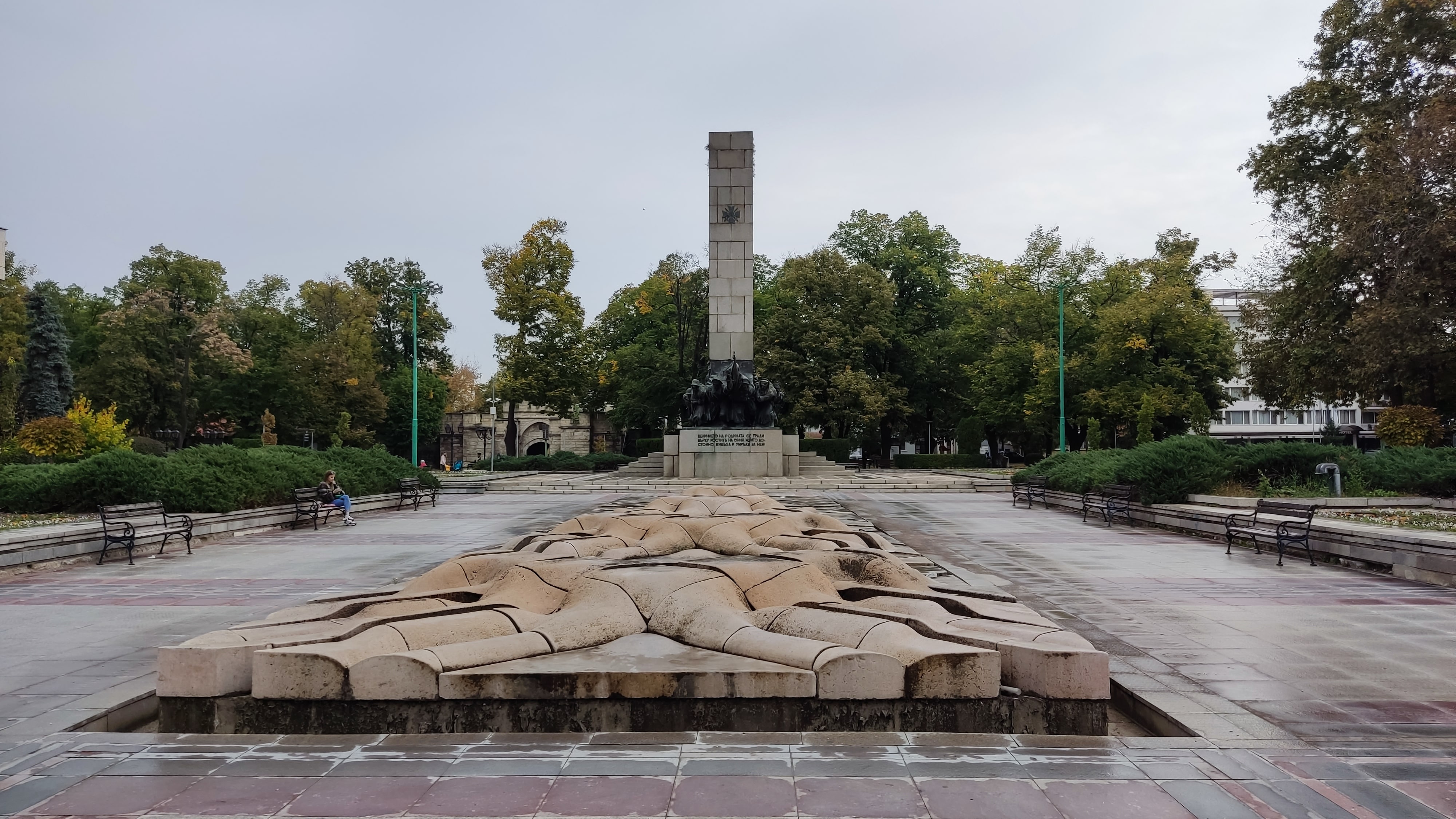



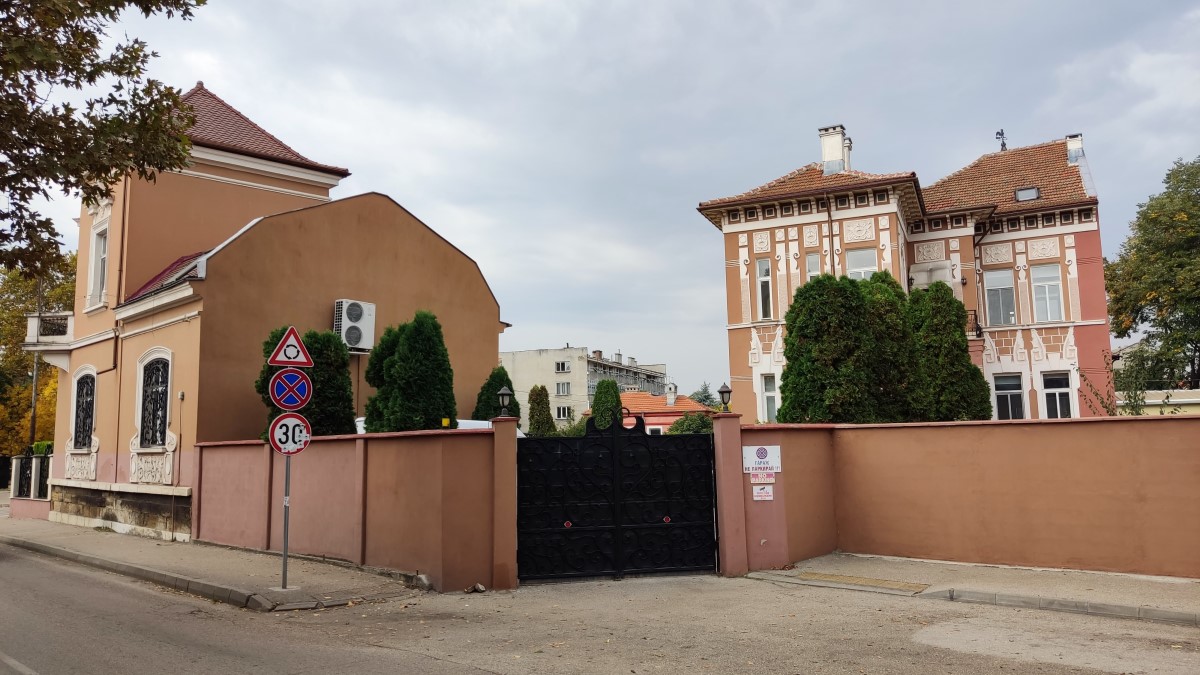
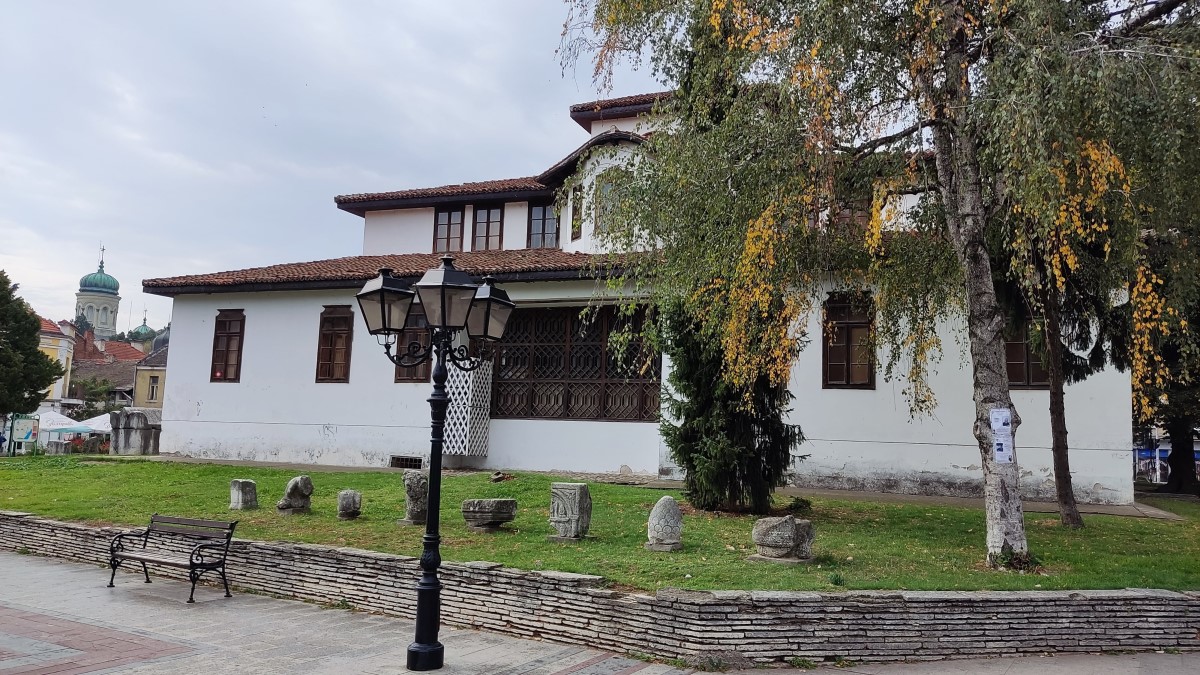
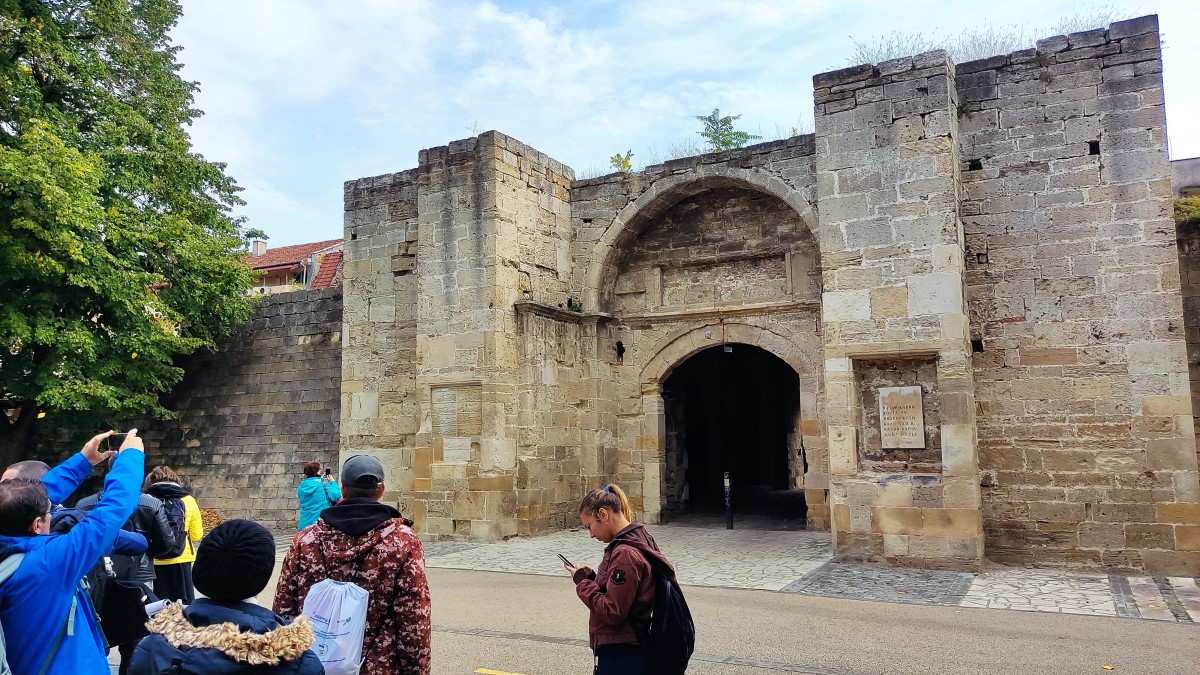

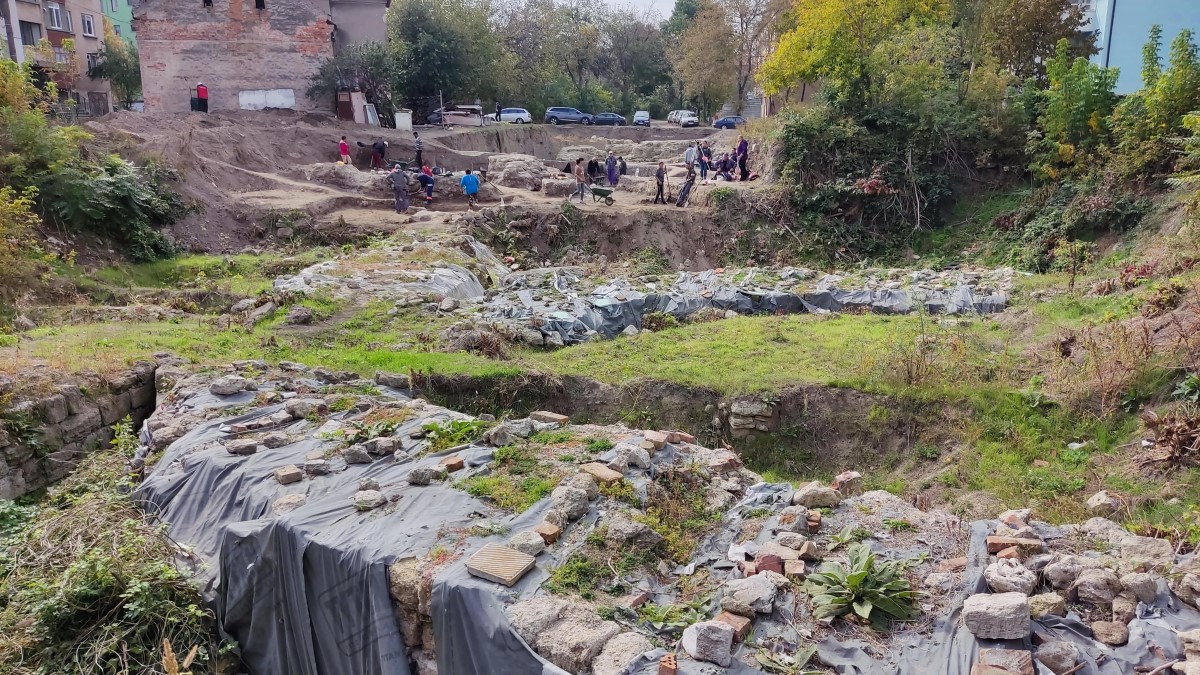
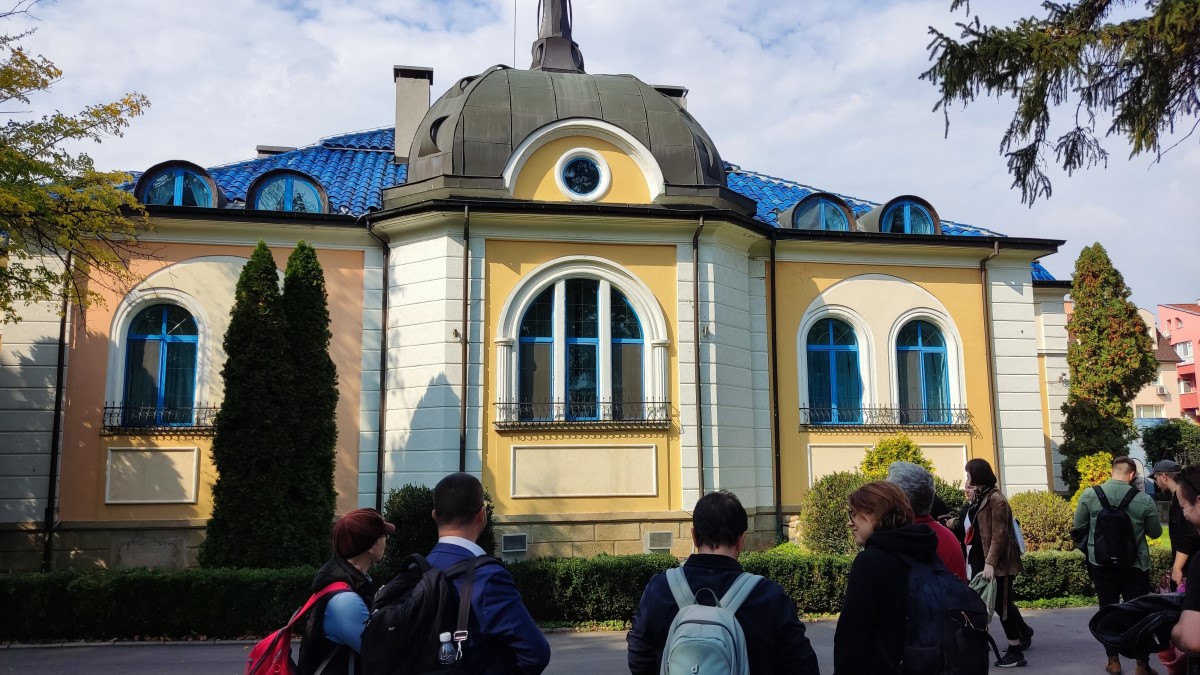


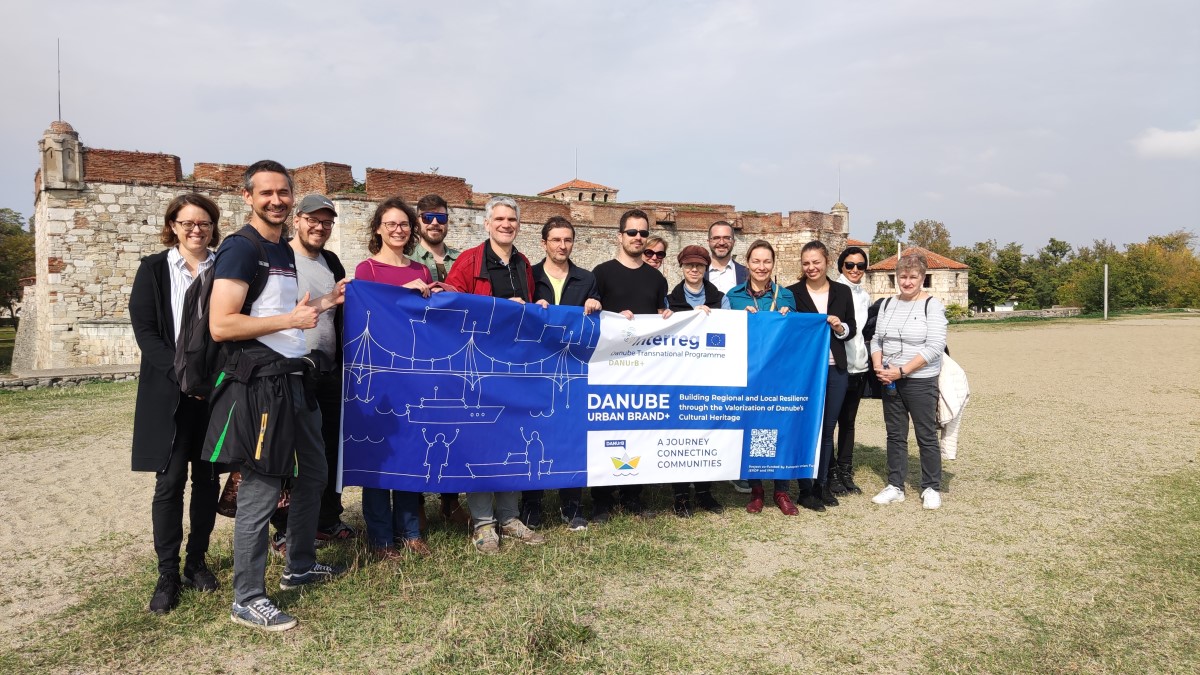
The next destination along the Bulgarian part of the Danube River was the town of Lom. A town founded during the Thracians with the name “Artanes”. During the Roman Empire a road station and a castle were build there, and the settlement was called “Almus” – part of the Danube Limes. Local guides were students from the local High School. They did an amazing job revealing the story and the heritage of the town, highlighting some sites such as the oldest firefighter tower in the country, houses in Secession style, the local cultural center, etc.



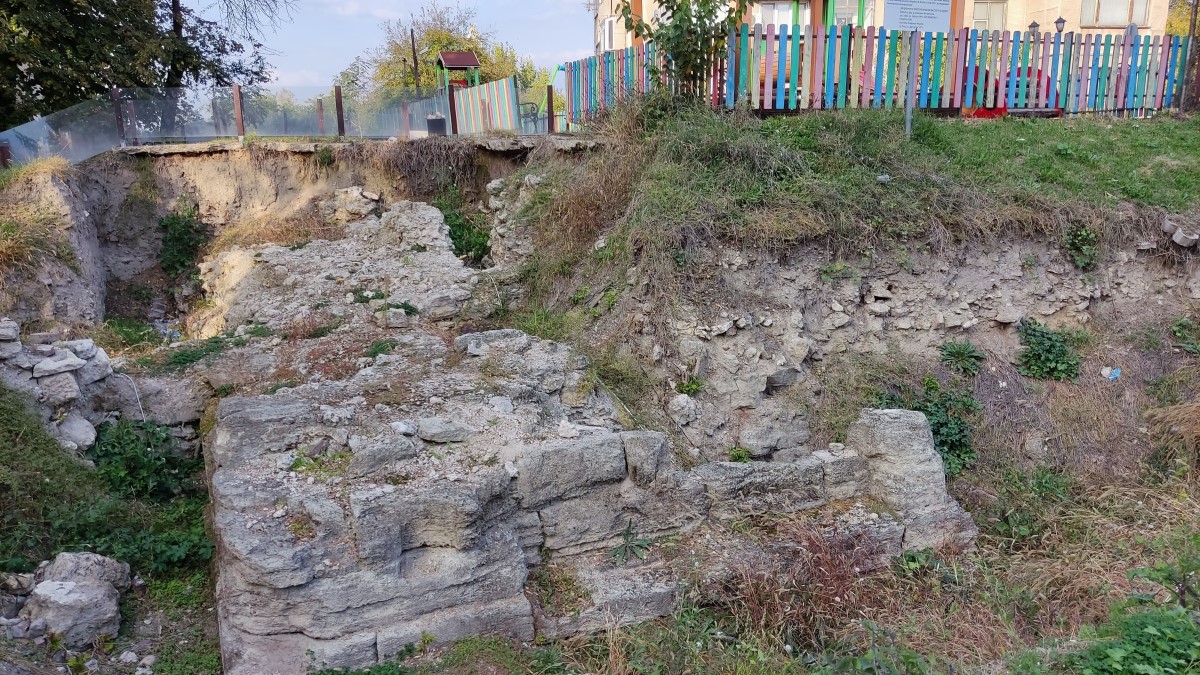


The night was coming and a visit to the next local entrepreneur and stakeholder, part of the DANUrB+ Quality Label along the Danube was planned. "Chateau Burgozone" is a Winery, near the town of Oryahovo, which offers a great selection of white and red wines. This made the company recognizable and awarded worldwide, as the personal touch of the owners was felt, and the fine tastes were highly appreciated by all partners.

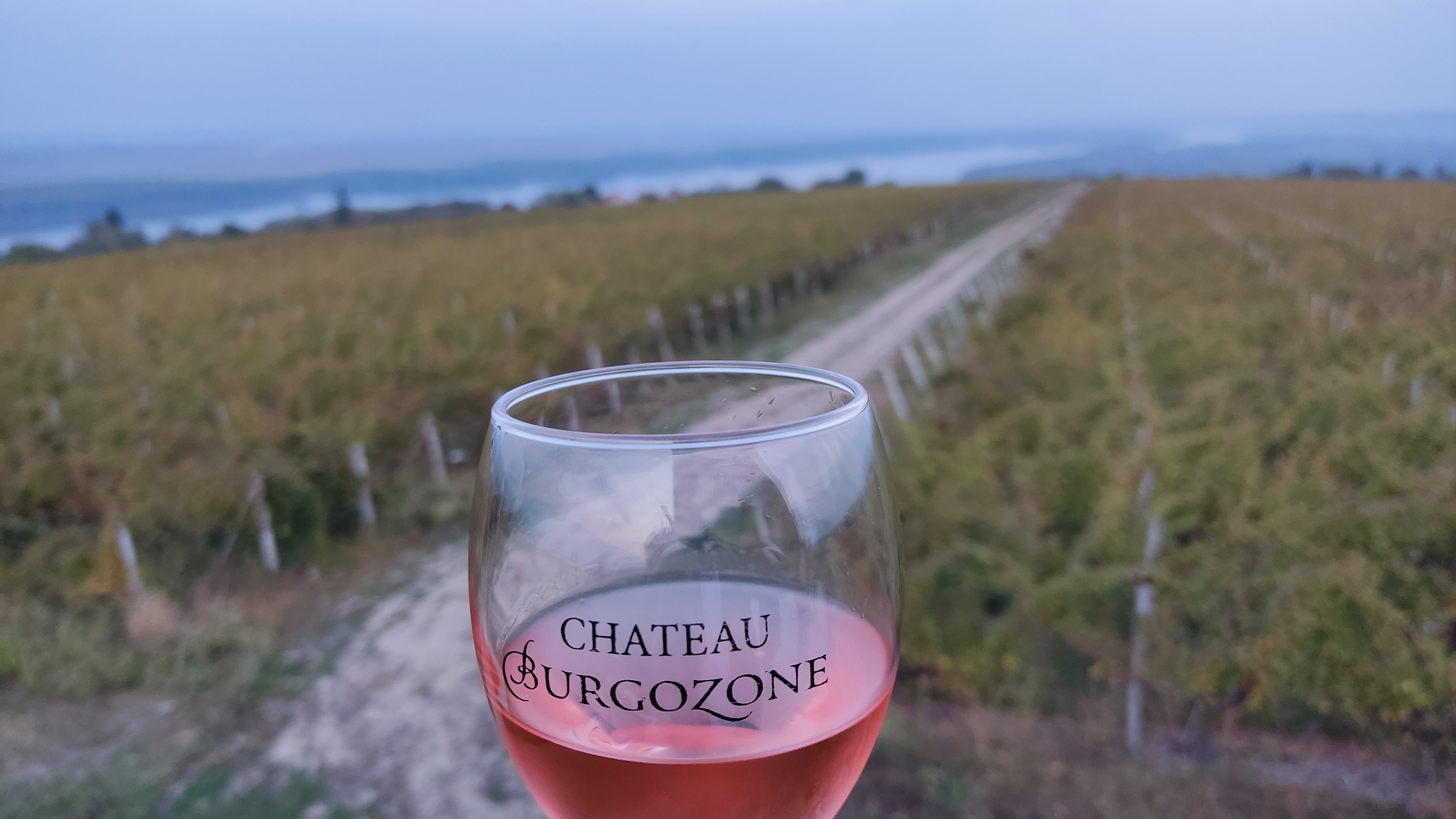
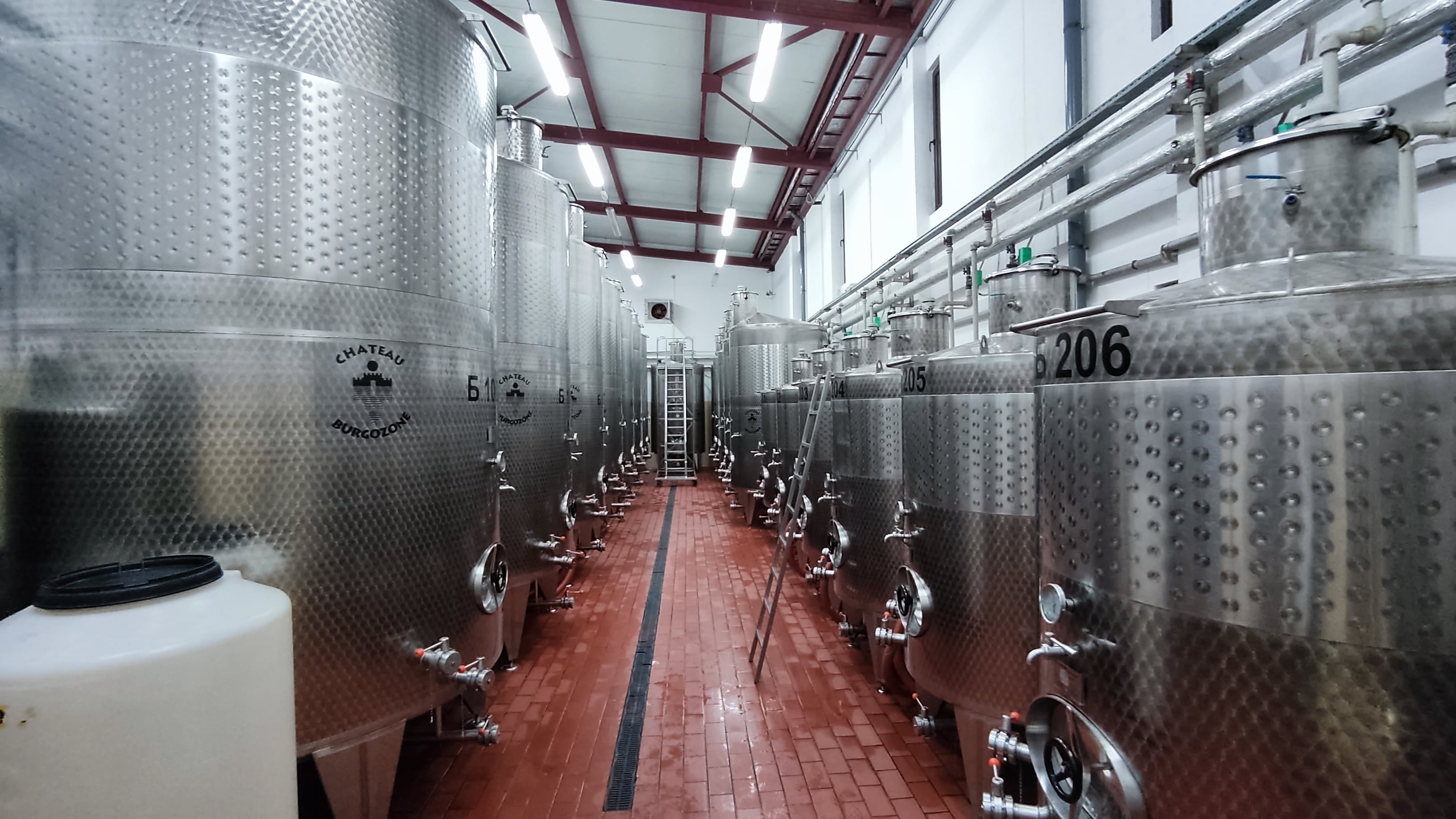

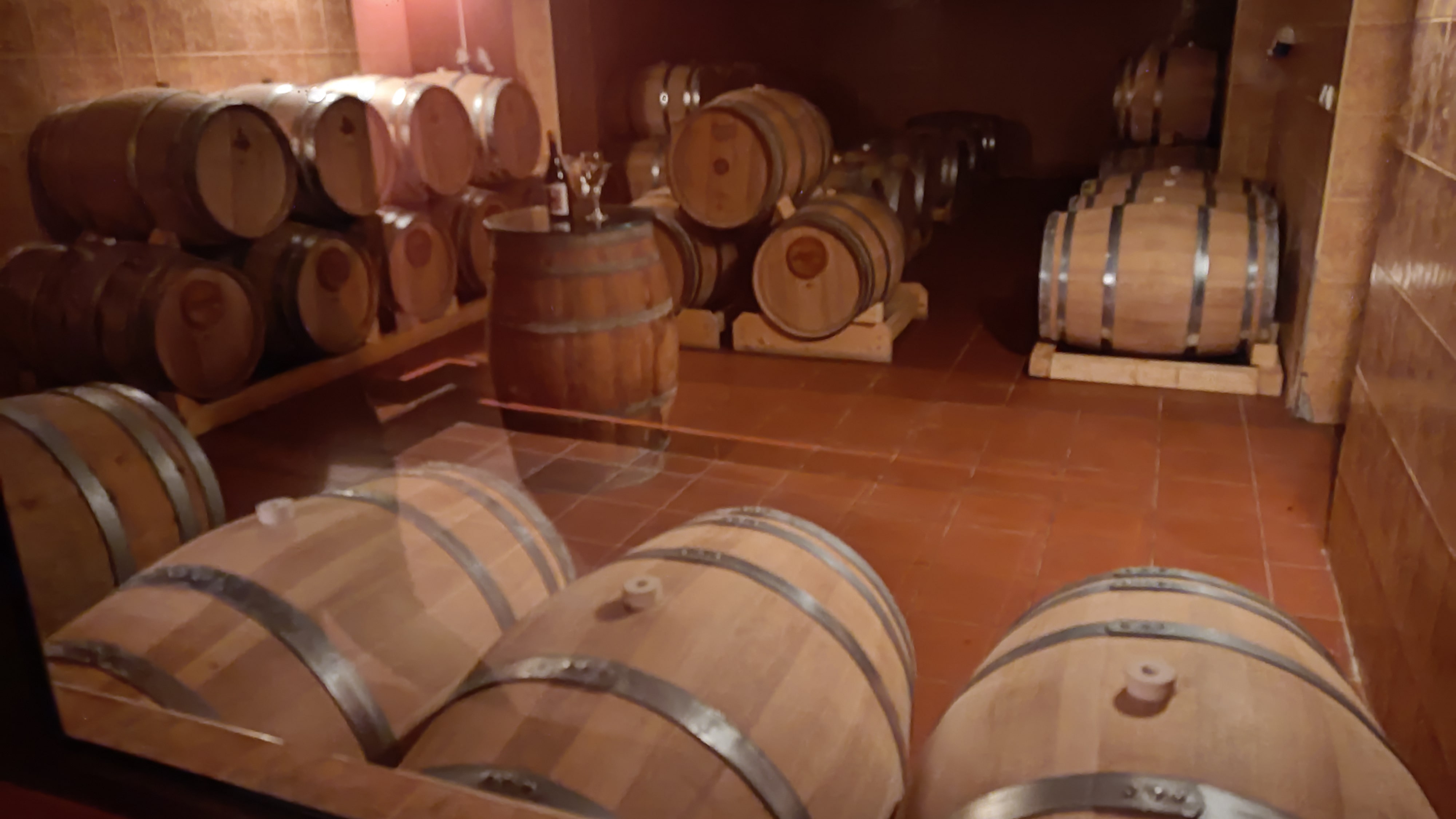

On the fifth day was organized a meeting at the Municipality of Belene by the organizing partner BlueLink Fondation. The Mayor, Mr. Dulev, welcomed the DANUrB+ partners and presented the main advantages of the region - the ancient Dimum Fortress, the still functioning prison together with the former communist camp, the Persina Island, along with other cultural and historical heritage. Persina Island itself is of great importance for preserving the flora and fauna in the area but the former communist camp represents a sad and dark period in the Bulgarian history as a lot of political dissidents lost their freedom and life. Still, the residents have plans to develop it as a memorial park for the victims. The local Sanctuary of Bishop Evgeni Bosilkov is a religious site in Belene that was entrusted to the Passionist Fathers, part of the Catholic Church. On the altar there is a relic donated by Pope John Paul II himself, part of the shirt of Evgeny Bosilkov, which he wore in prison, where he was tortured and killed by the communists.


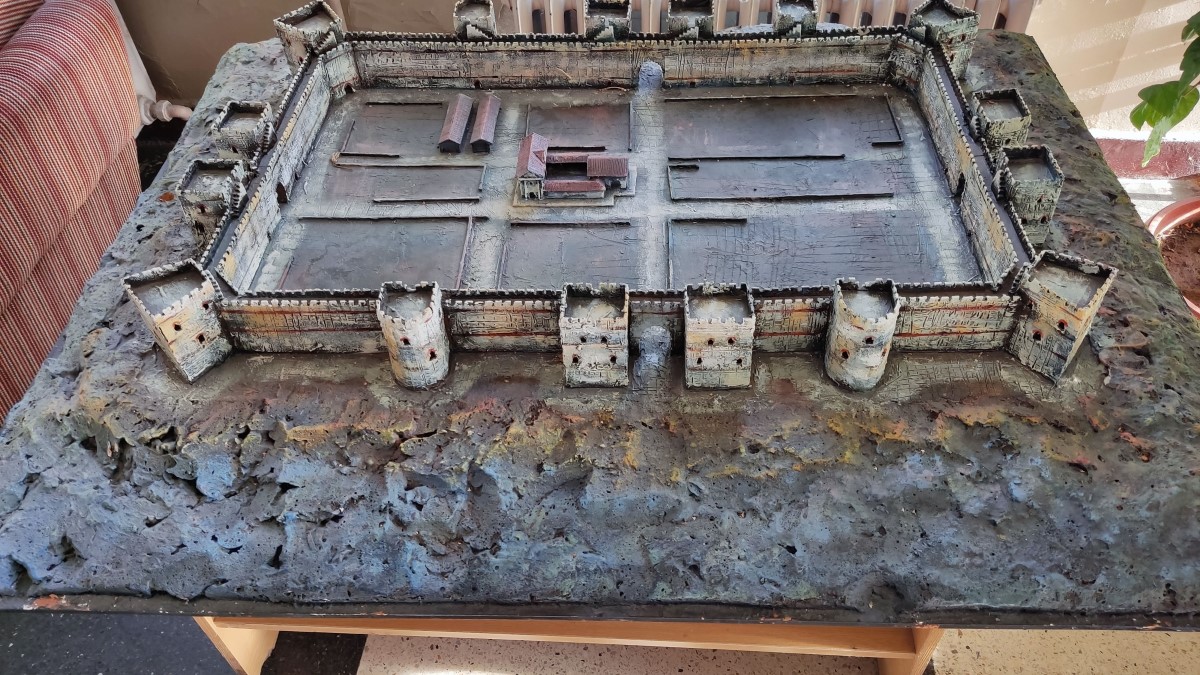

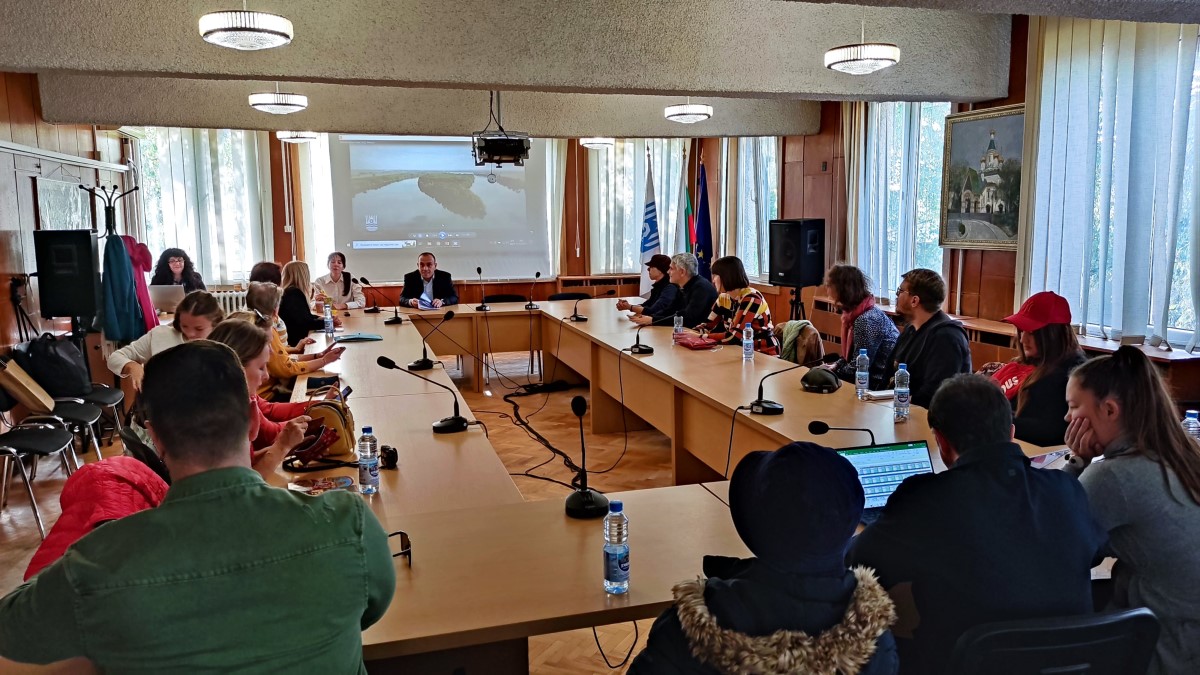

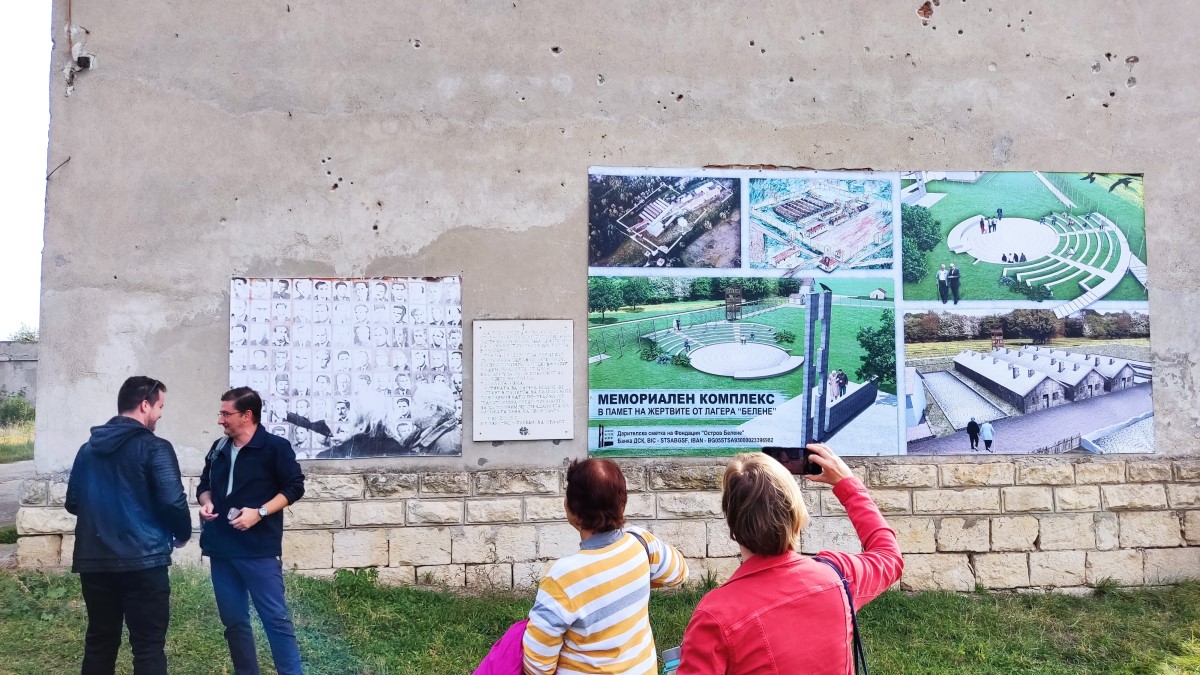
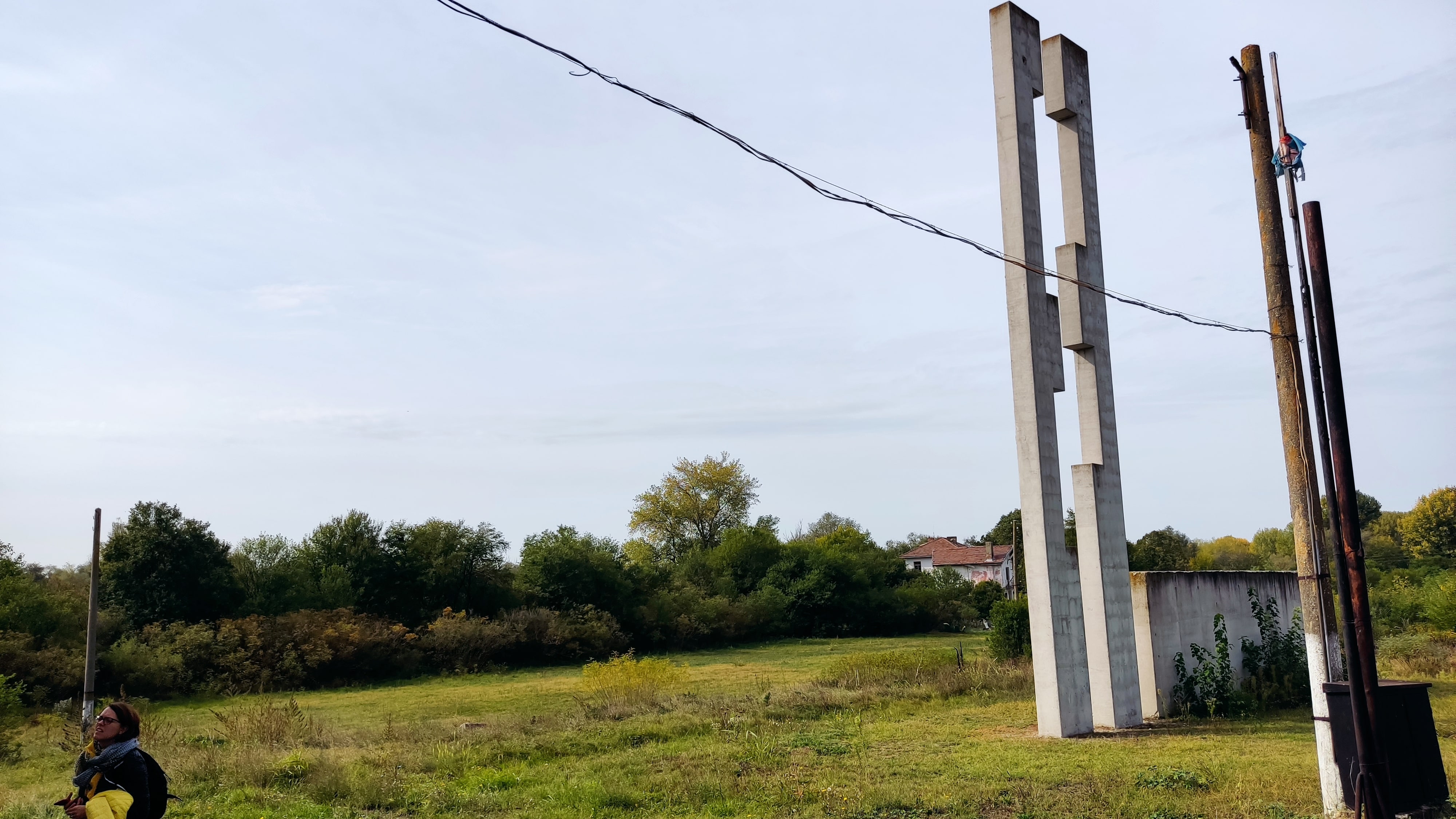








A certified organic producer from the village of Vabel, part of the DANUrB Quality Label, in the area offered some local products, meals, and wines for lunch.
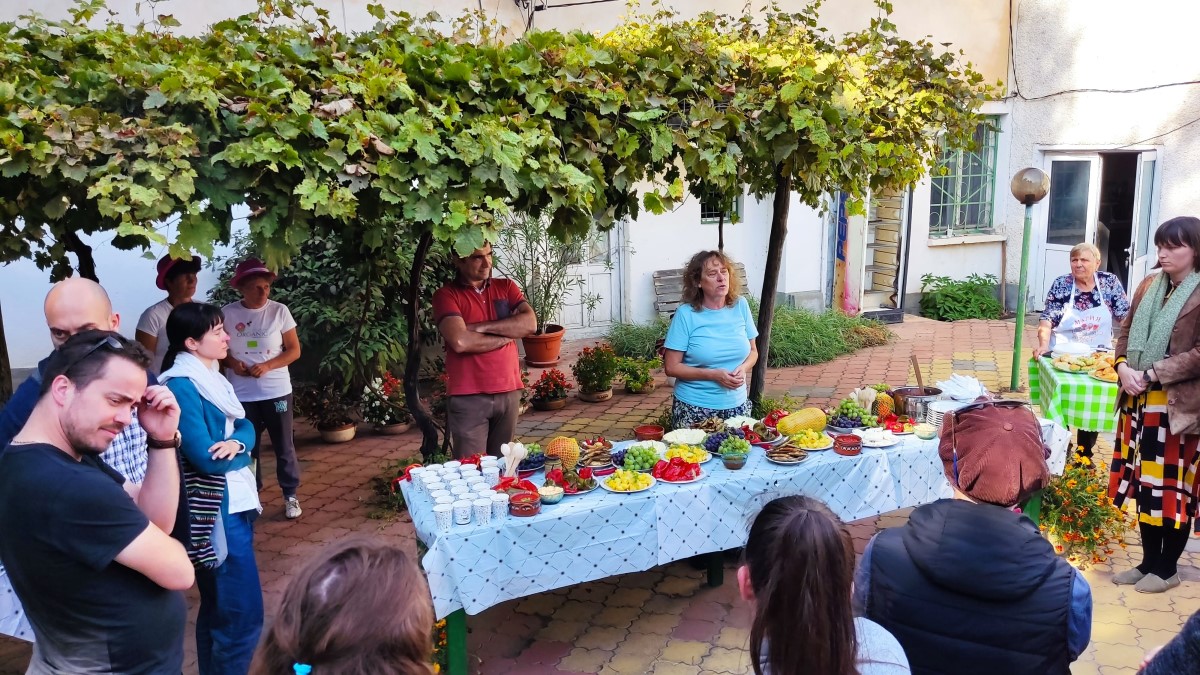
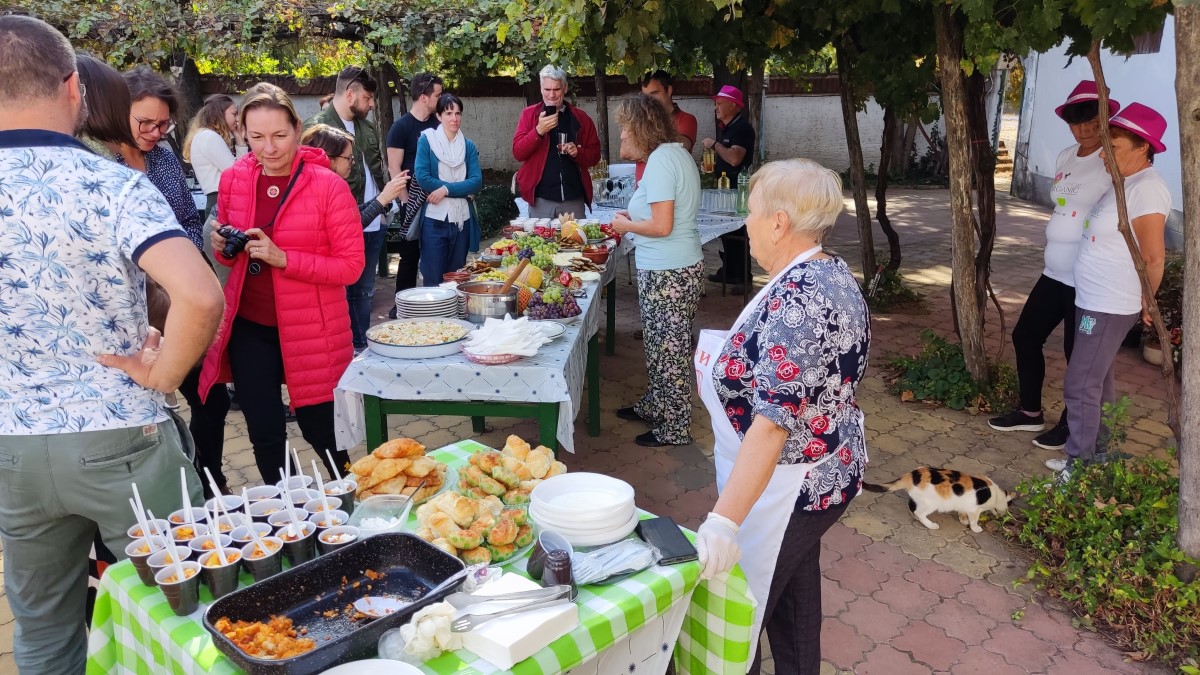

Next on the route was the town of the first printed Bulgarian book "Abagar" - Nikopol. A meeting at the Municipality revealed us the attractions in and close to the town, including the Church of “Saints Peter and Paul”, the History Museum, a boat trip to “St. Stefan” Rock Church, etc. The partners enjoyed a walk at the sandy beach, also perfect for catching sun or fishing.




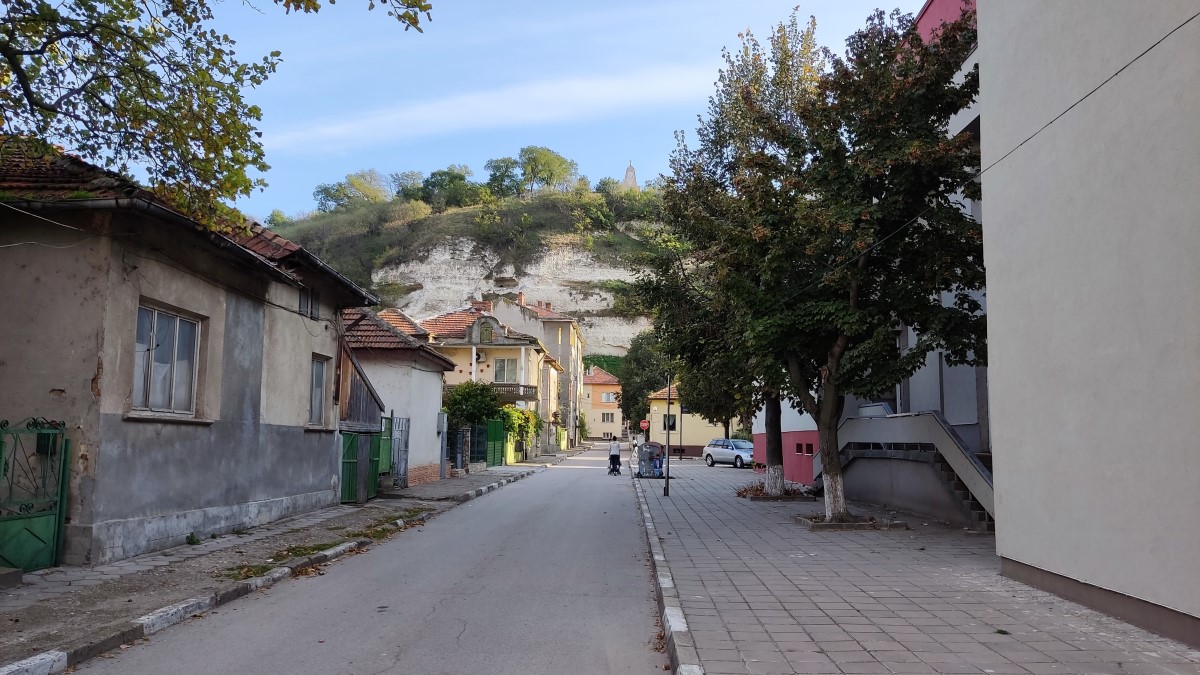
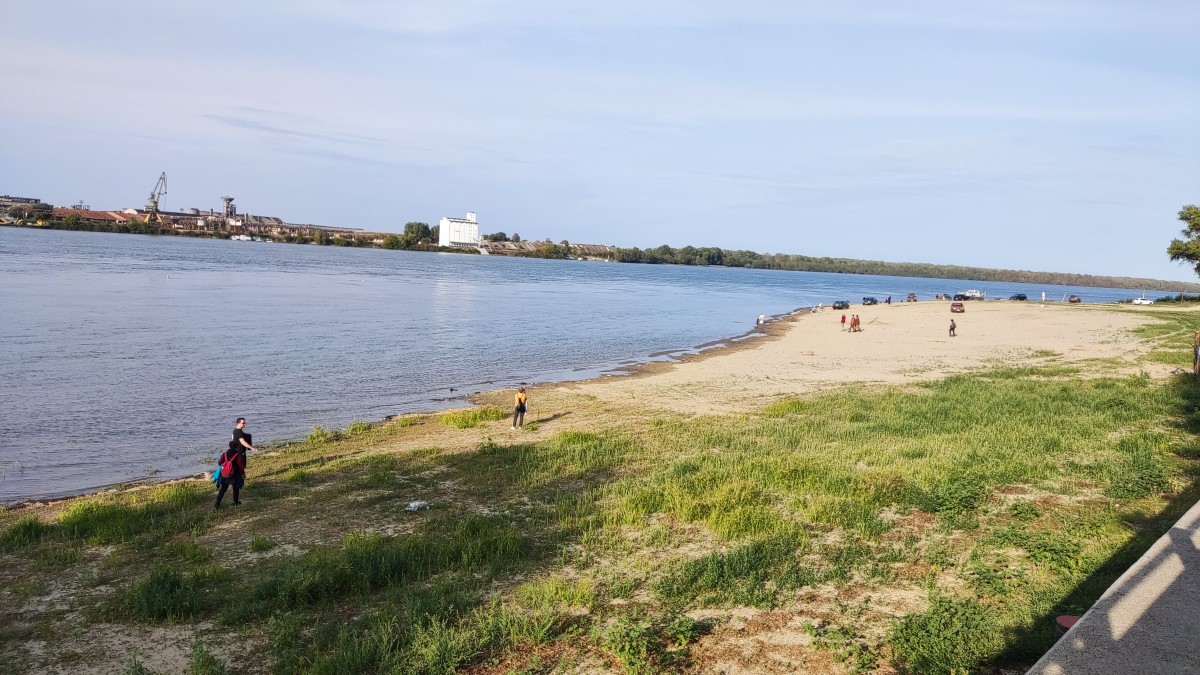
The smaller villages of Milkovitsa and Dolni Vit were to follow. The passionate people of both settlements revealed how they keep and preserve the Wallachian ethnic group traditions and rituals. At Milkovitsa the Mayor Mr. Yakov and residents from the cultural house greeted everyone with "pogacha" (ritual bread), honey, and spices, performed the Katsa Matsa ritual (connected to the Easter Celebrations) with the participation of local kids, and sang some traditional songs with special regards to the Romanian partners. Тhe local ethnic museum of Dolni Vit was opened in 2020 and is like a jewel in a box, exhibiting the way people used to live in their houses, dresses and tools they were using, old photos, archives, and so on.







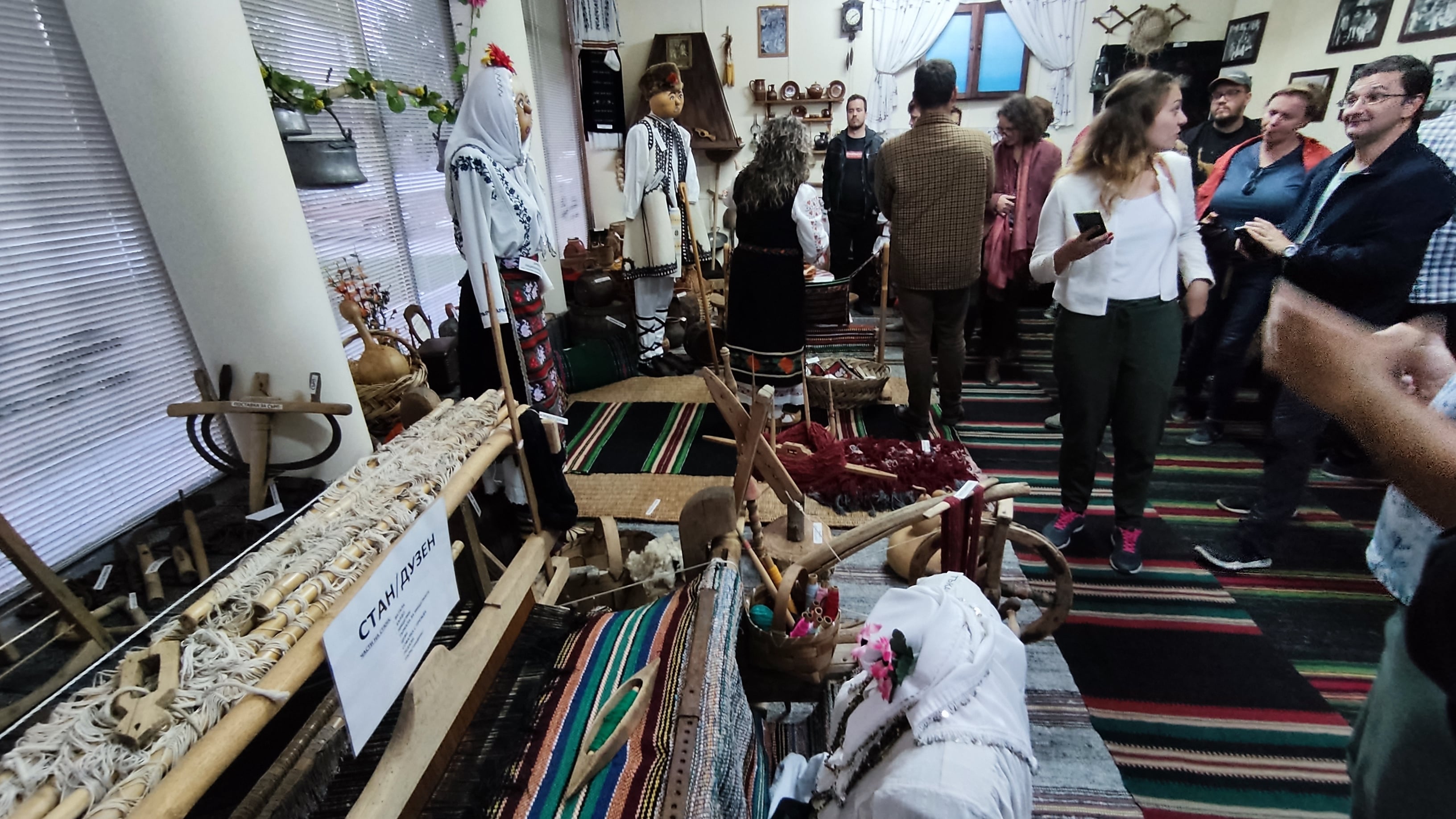
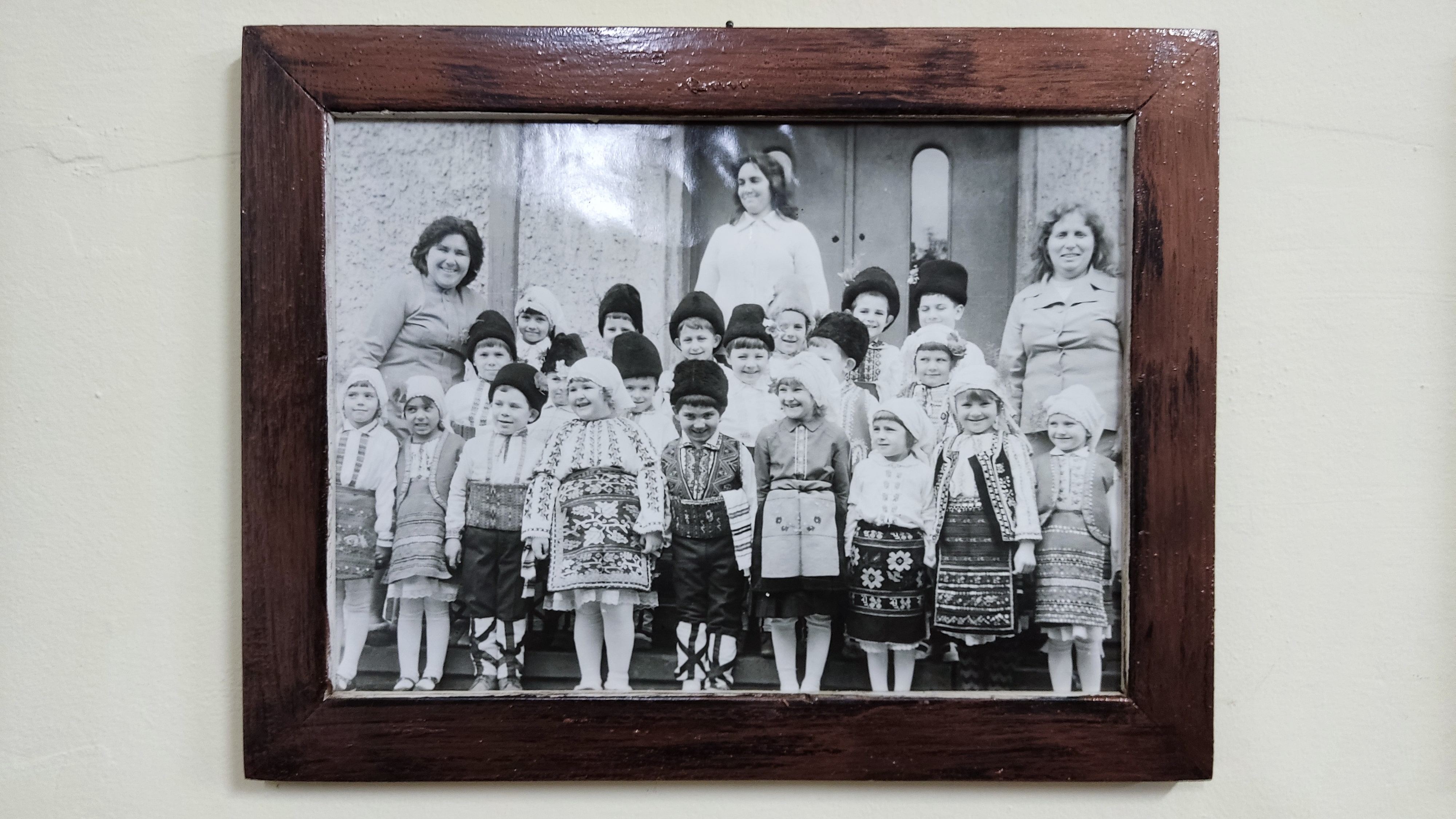


The journey was coming to its end. The final day was dedicated to exploring the heritage around the town of Svishtov. The first stop was the Roman Fortress Novae, situated and opened to the public close to the modern town. The remains are spectacular and reveal the significance of the place, but they do not expose more than 10% of all that could be uncovered. A local reenactment group demonstrated how the Roman troops used to train and organize their defense. The partners joined their activities and had lots of fun playing some antique Roman games.


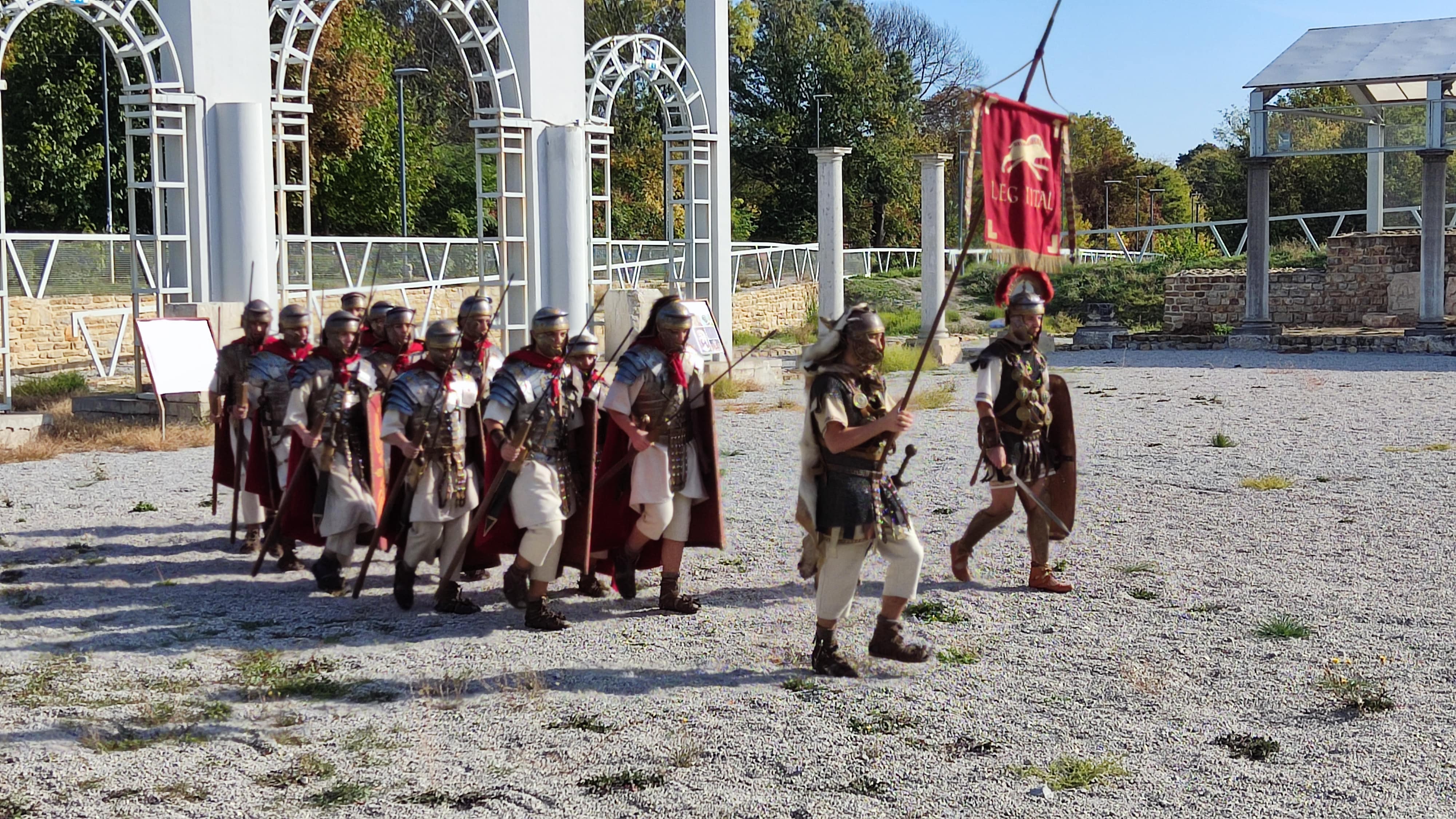


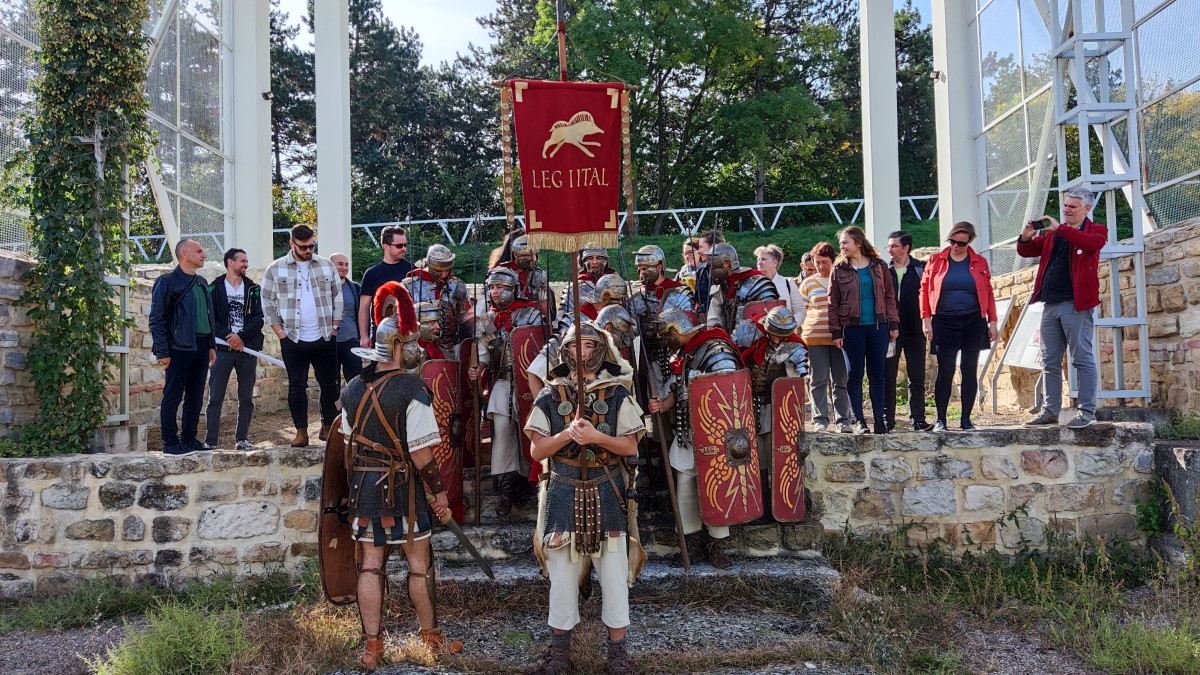


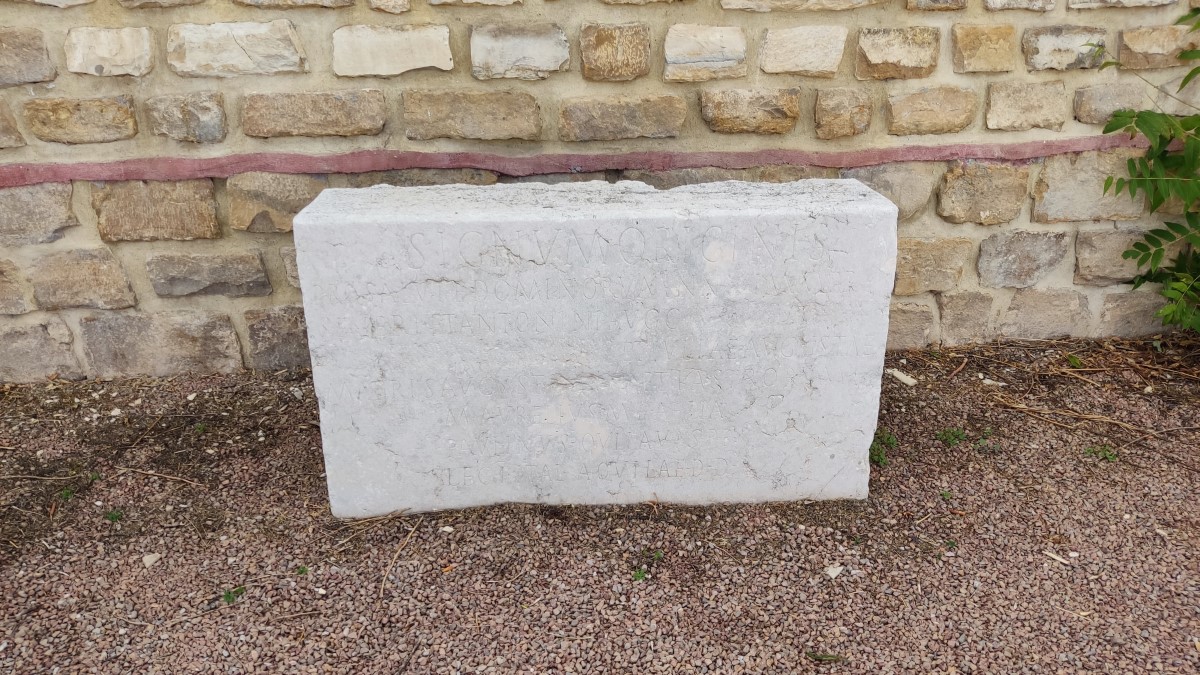
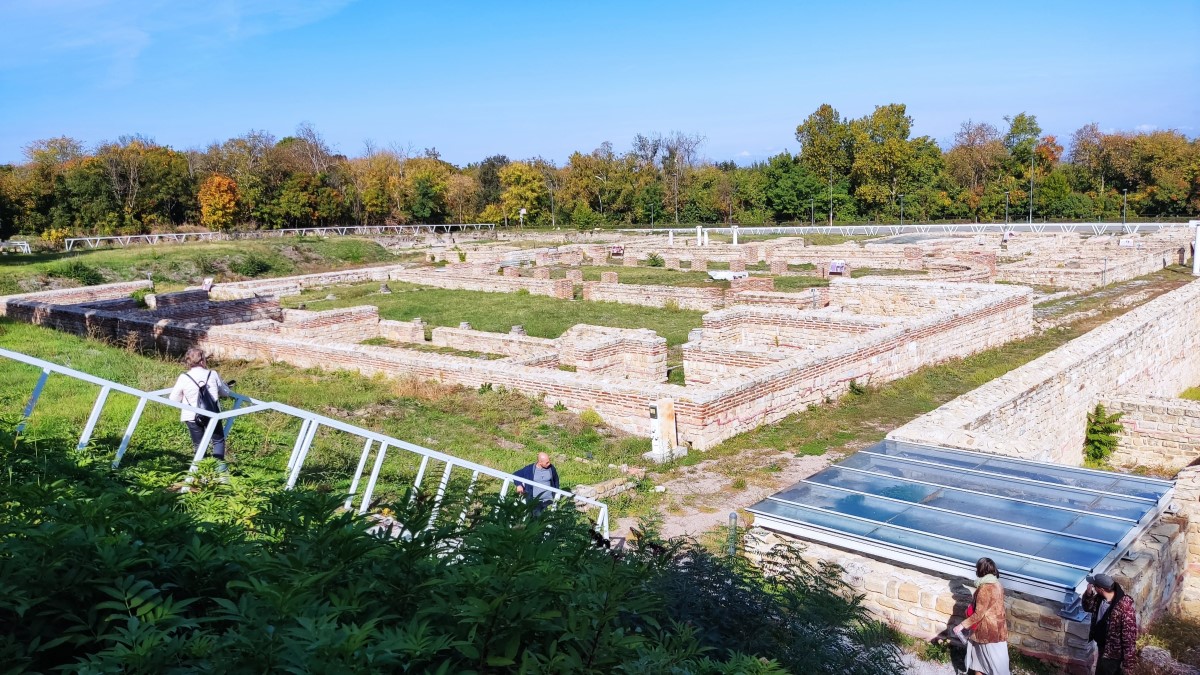


The DANUrB-ians visited two educational institutions, emblematic for the town of Svishtov. The “Dimitar Hadzhivasilev” Professional State Trade High School is the first vocational trade school in Bulgaria, founded in 1885 with a signed Statute. The "D.A. Tsenov" Academy of Economics is also part of the rich town's history of being an important commercial center on the Danube and meeting the needs for education and culture of its citizens. Nowadays, the Academy is still one of the first choices for those who want to study in the field of finance and accounting. The lunch was organized in a unique place – a restaurant in an old Revival house, built in 1836, with rich cultural history, lots of memories….and delicious traditional cuisine.



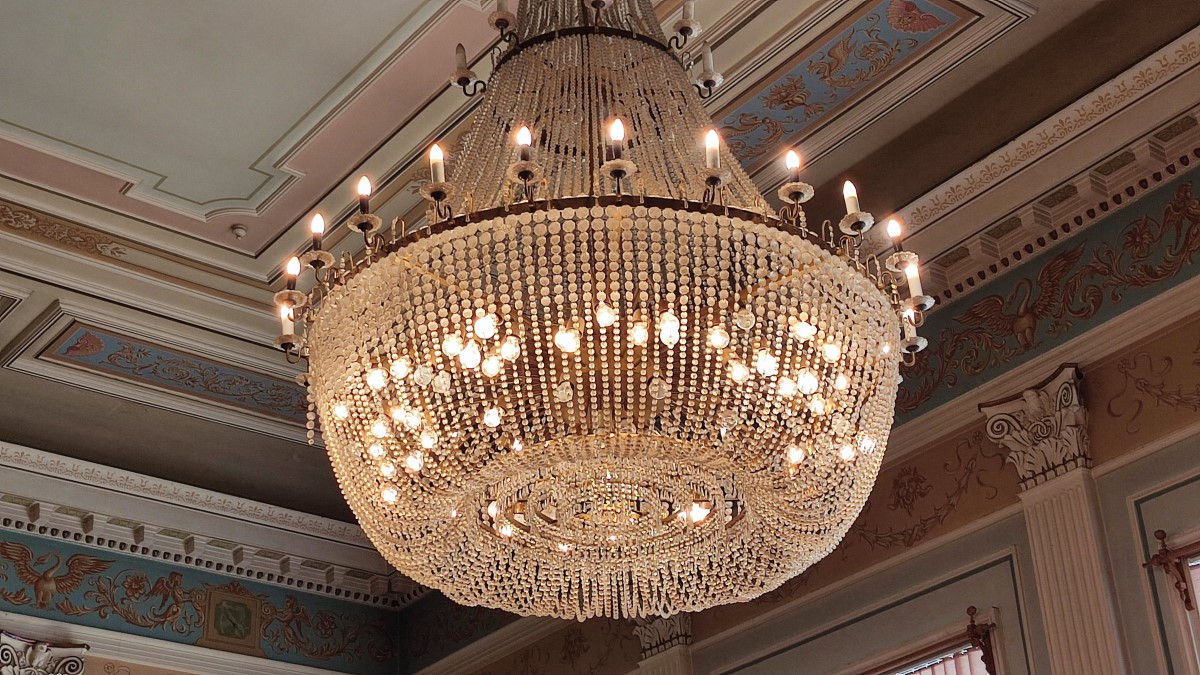

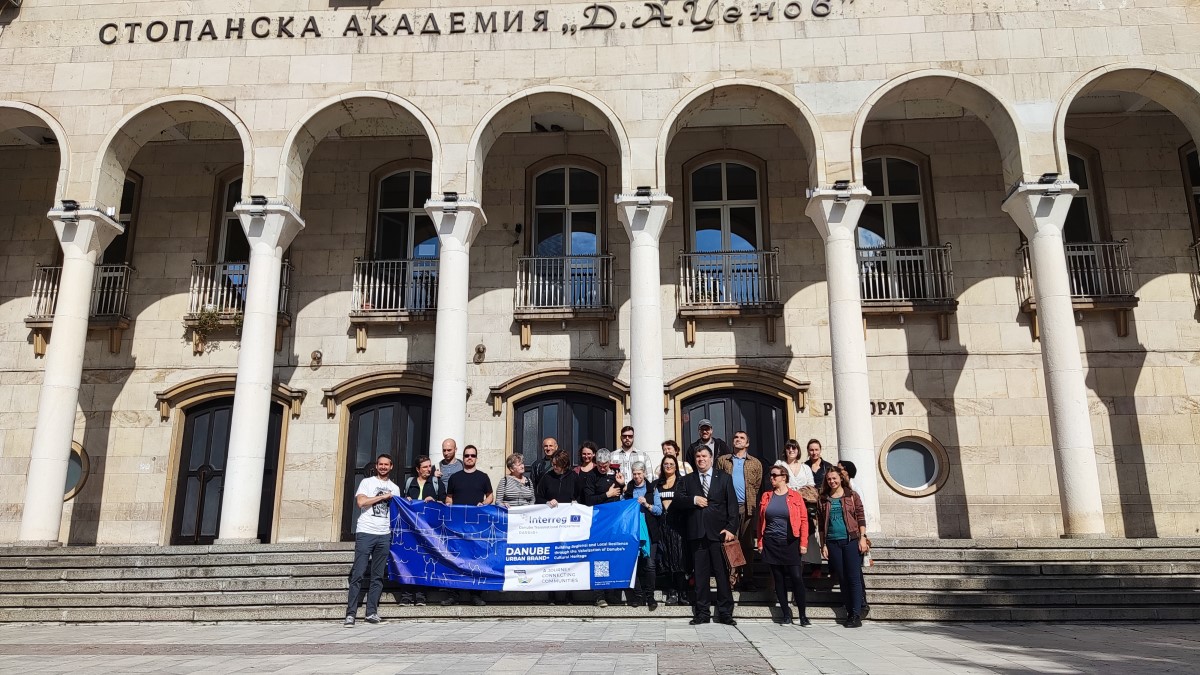
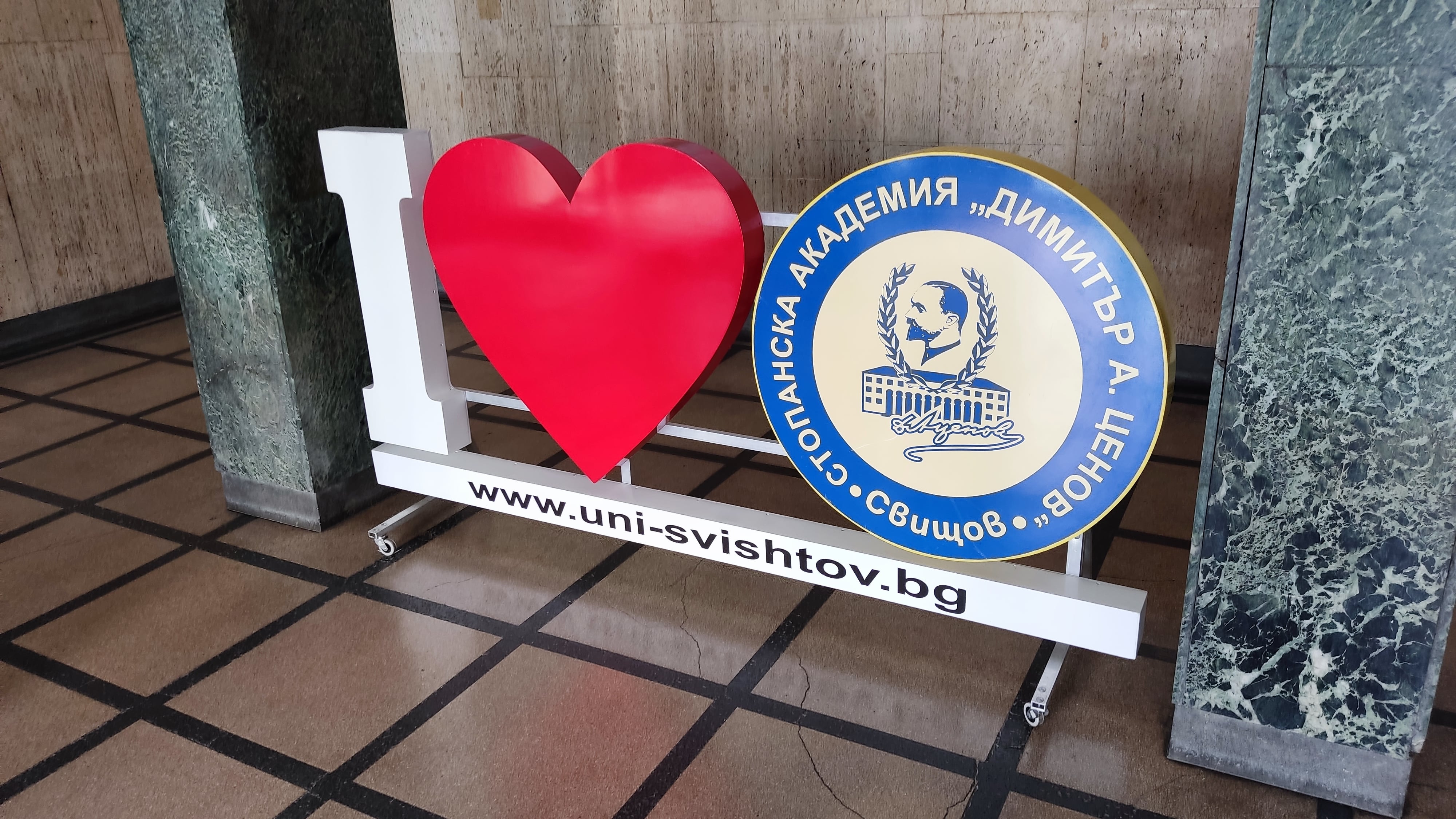
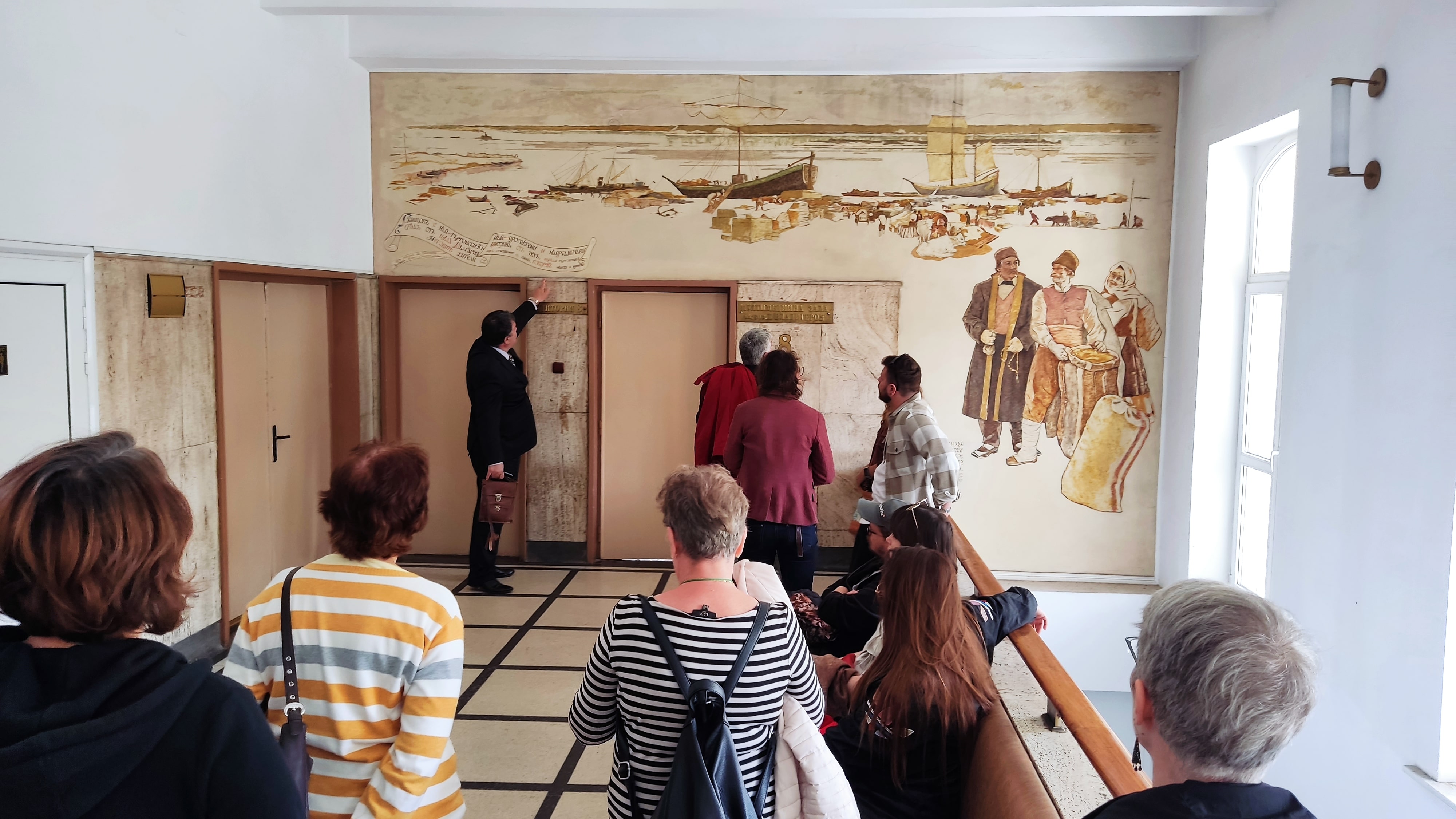

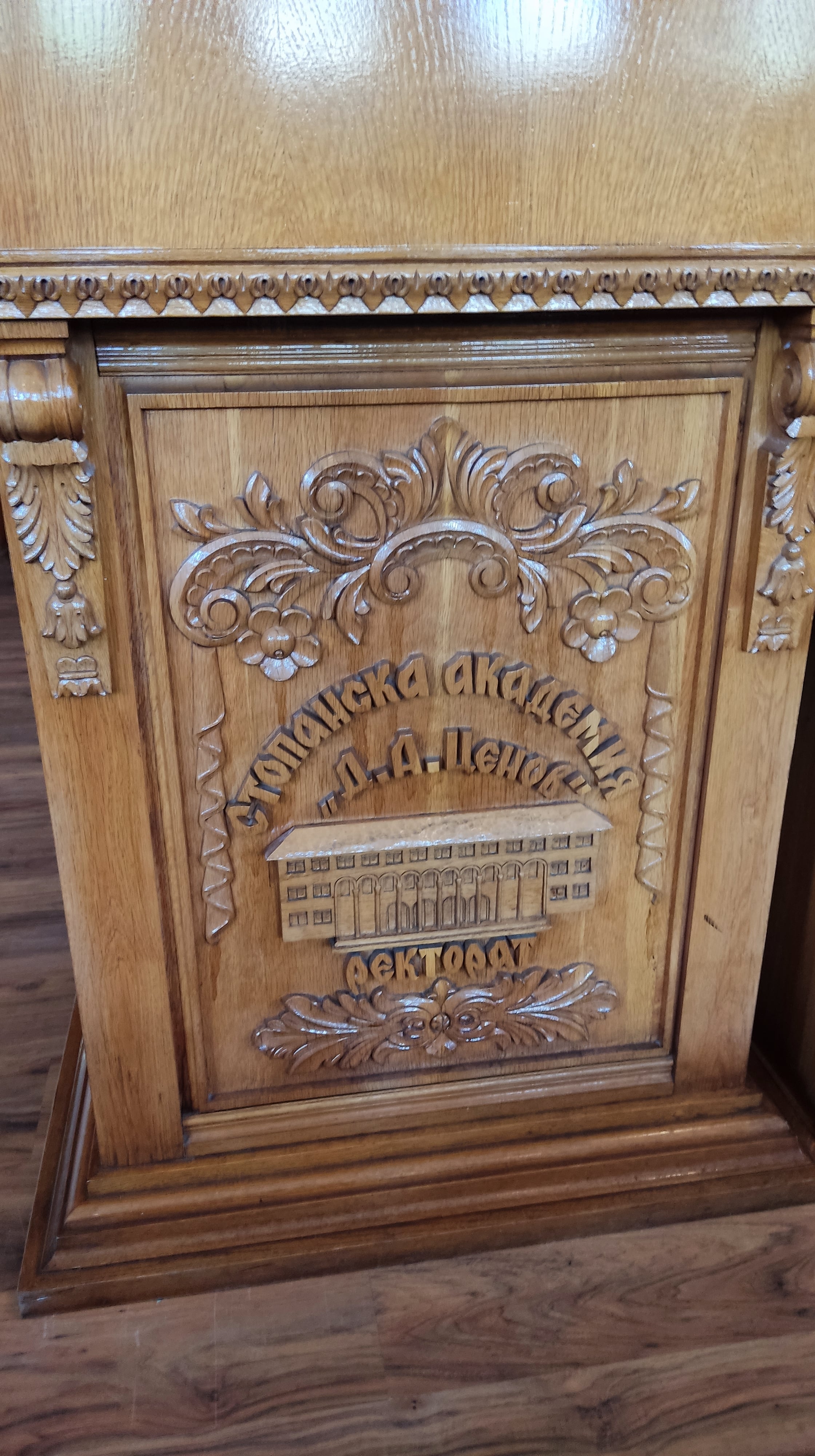


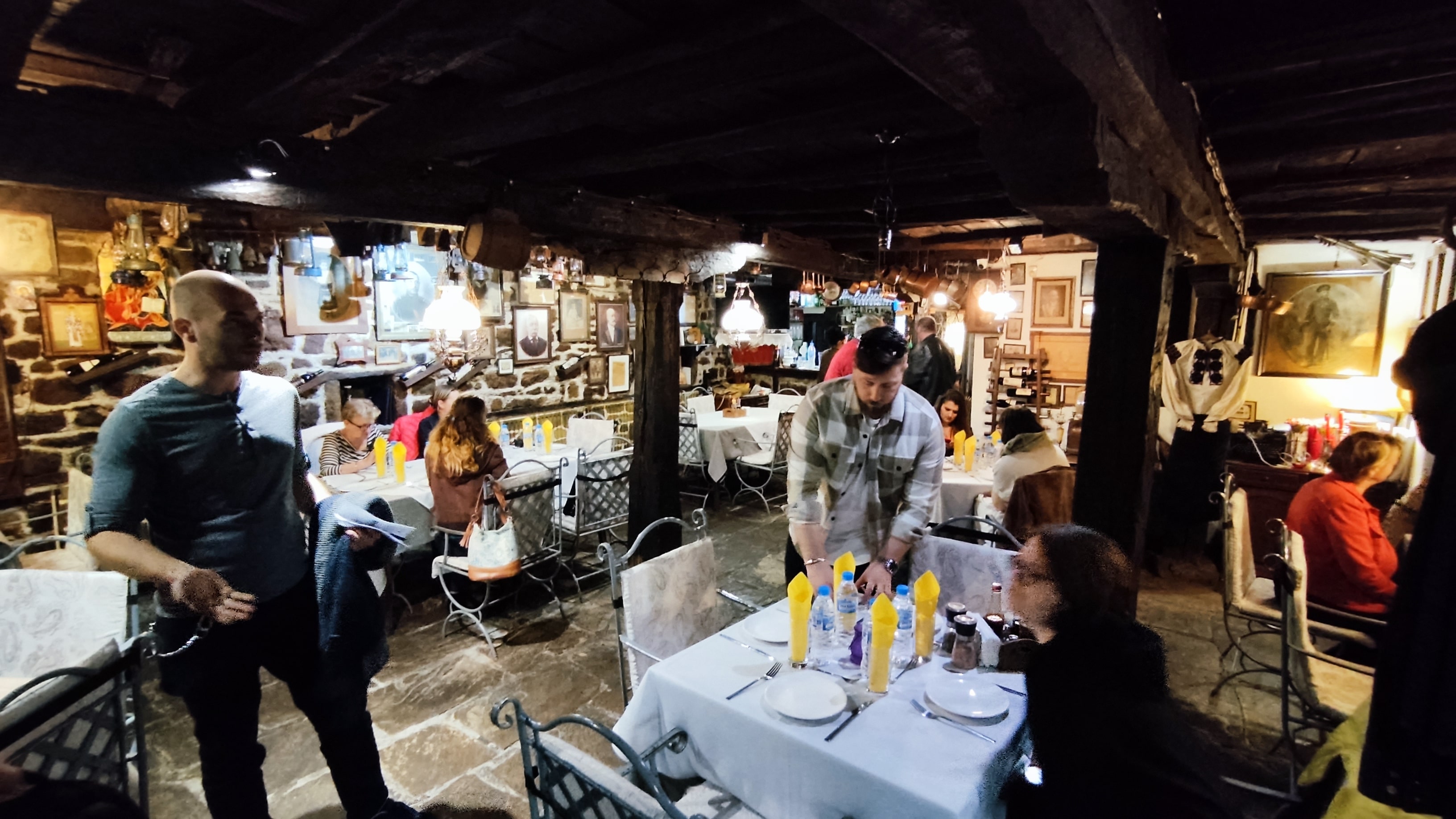
The great experiences along the country and mainly the Danube part would not have been possible without the commitment of the local hosts, stakeholders, associated partners, as well as the devotion of the organizers of the whole tour – National Tourism Cluster “Bulgarian Guide” and Bluelink Foundation.
------------------------------------------------------------------------
Project co-funded by European Union funds (ERDF and IPA).
